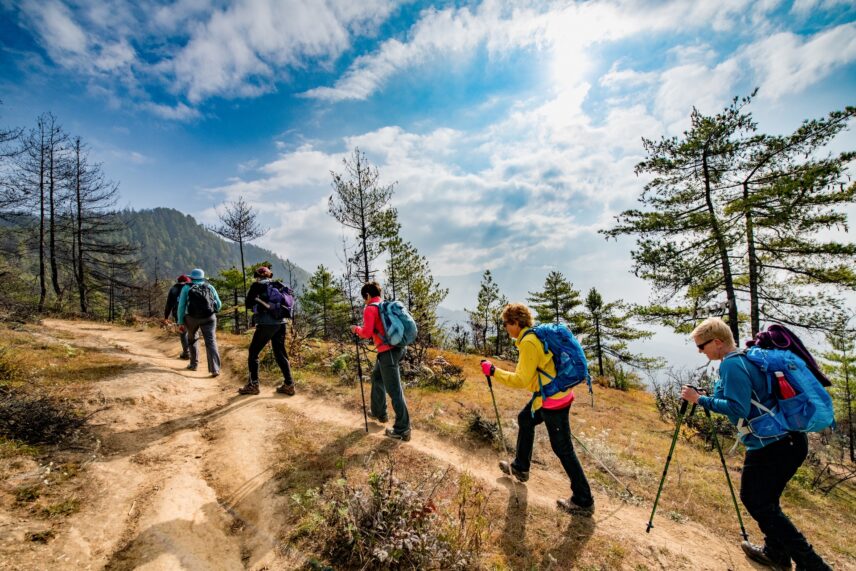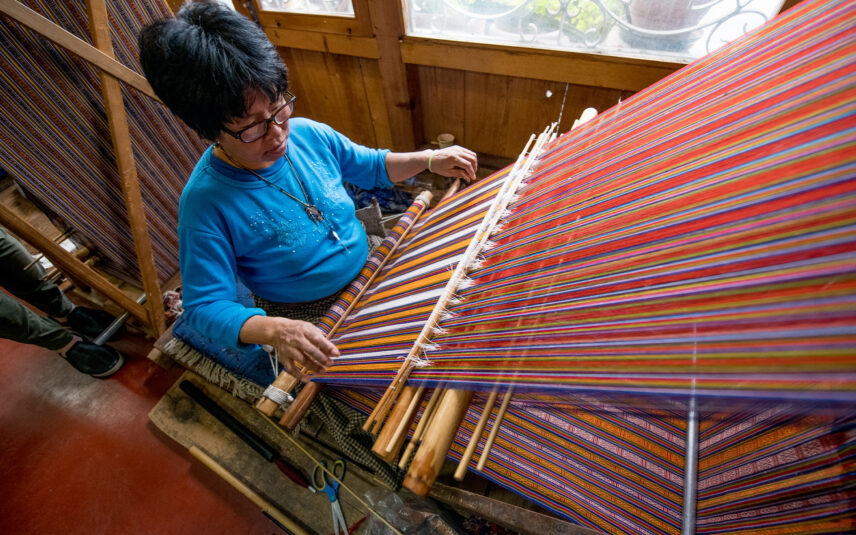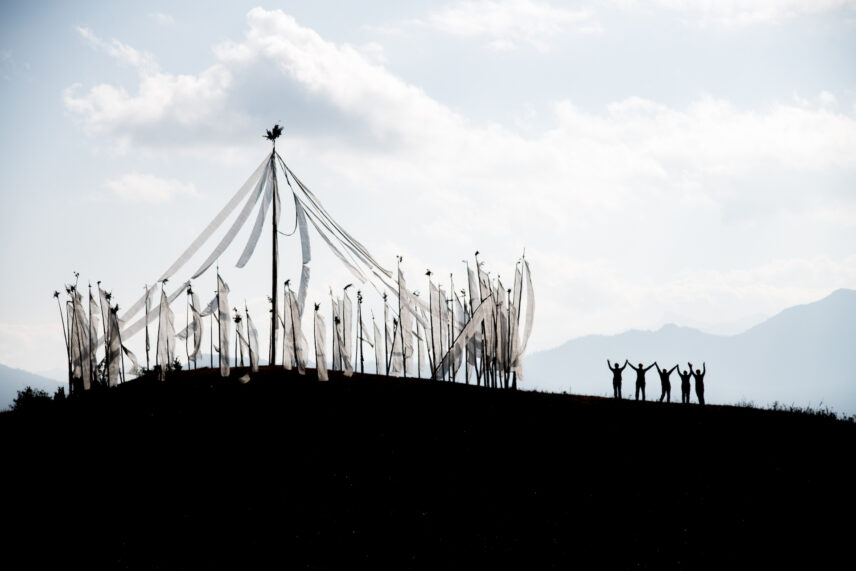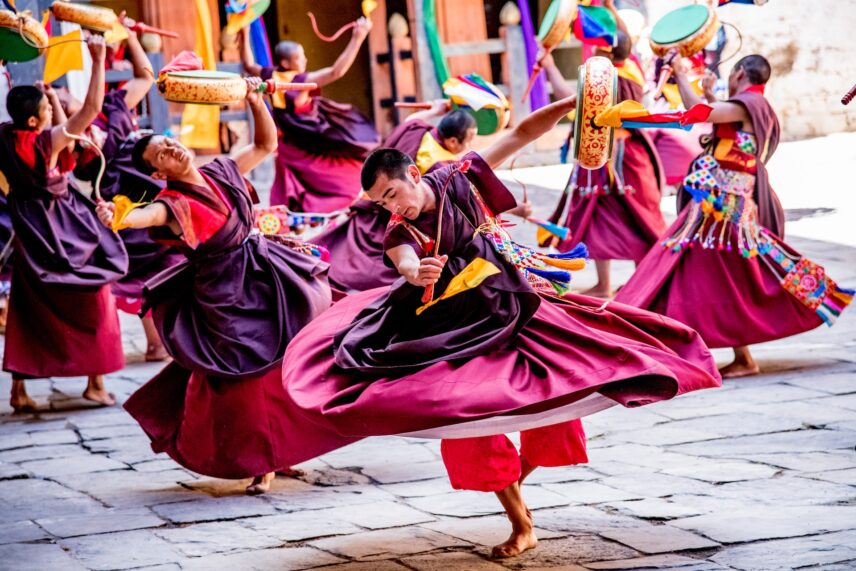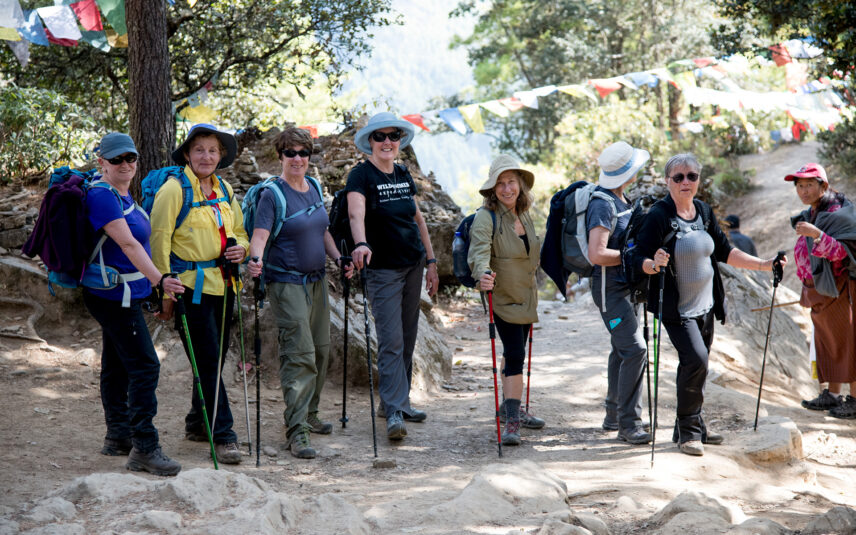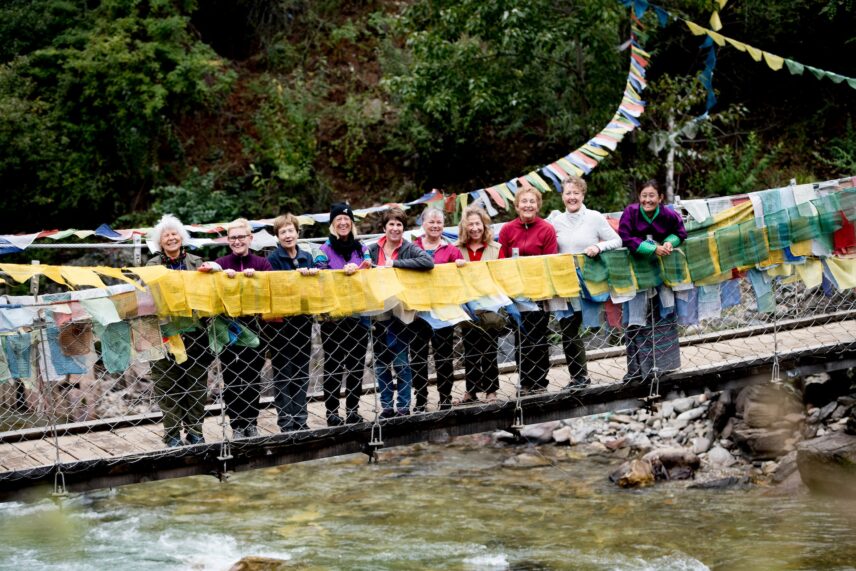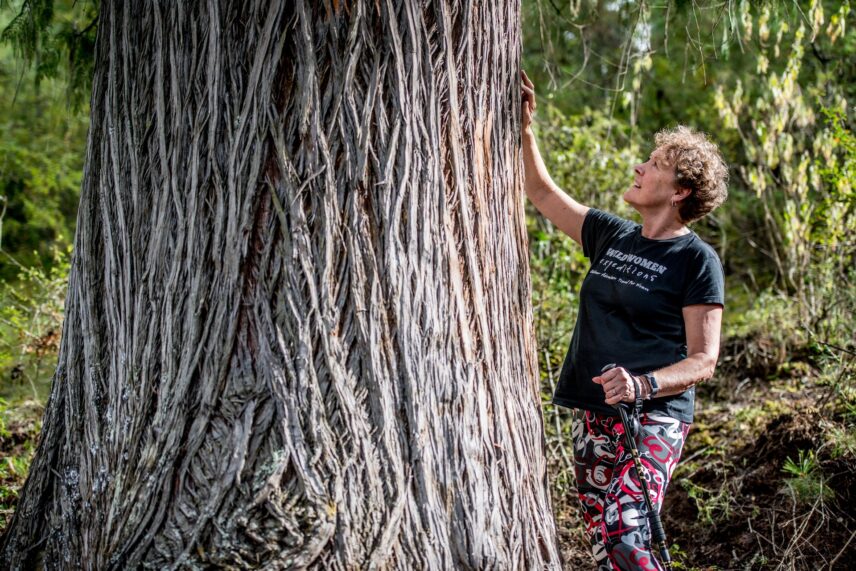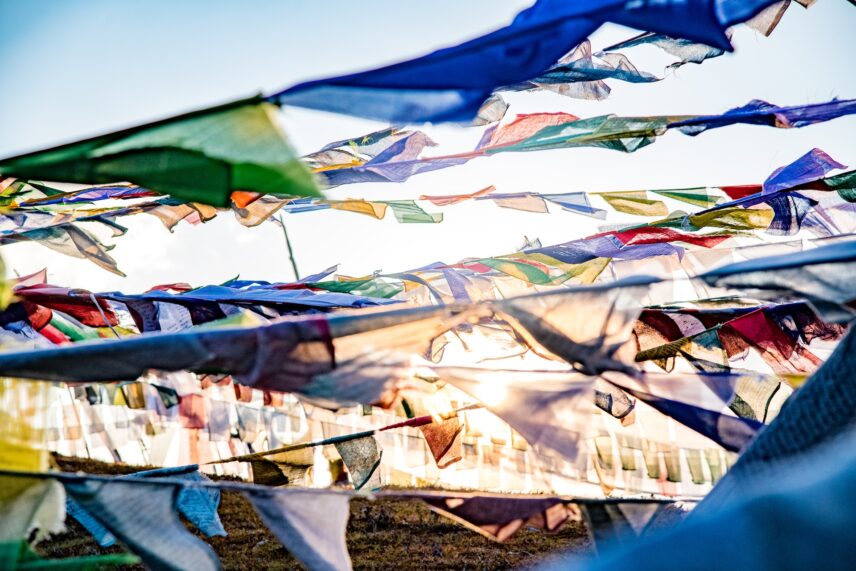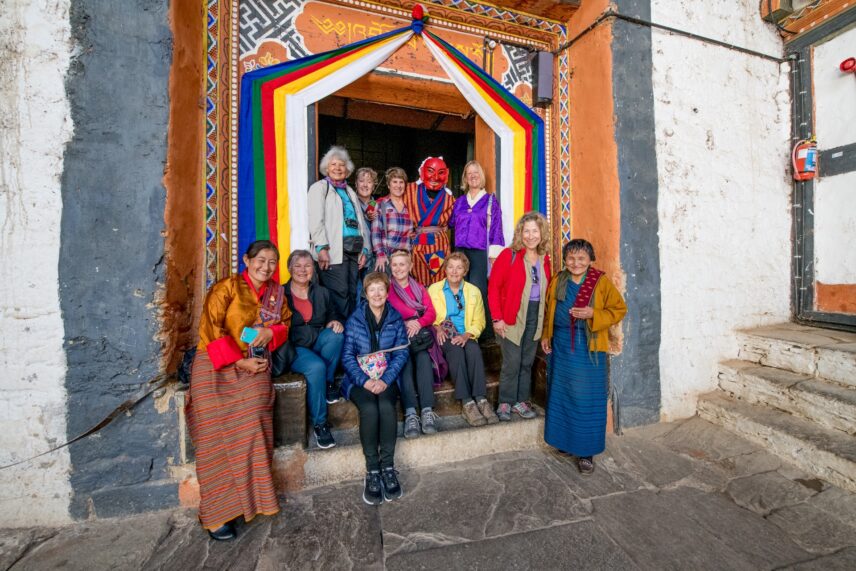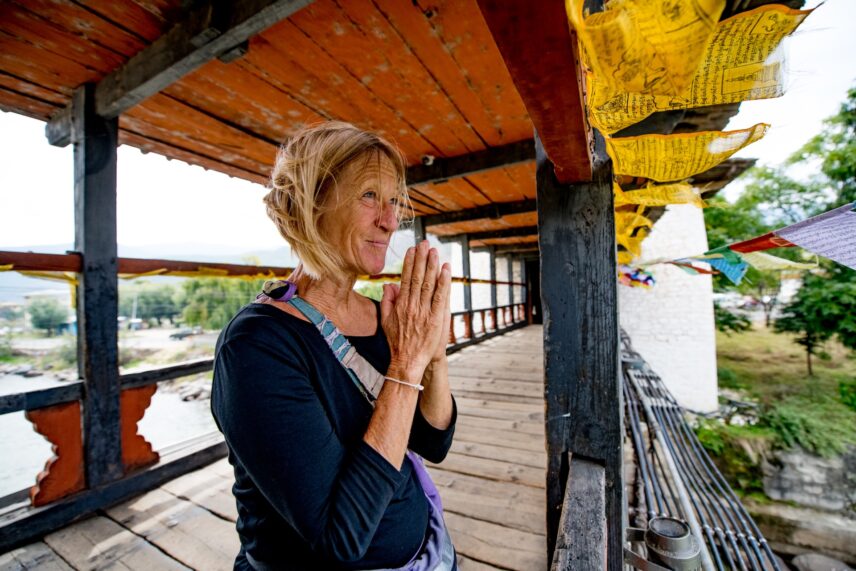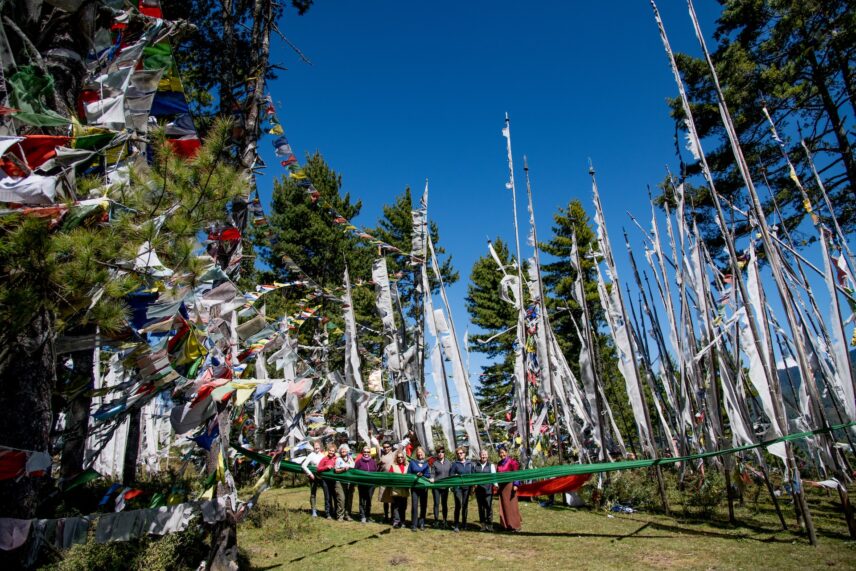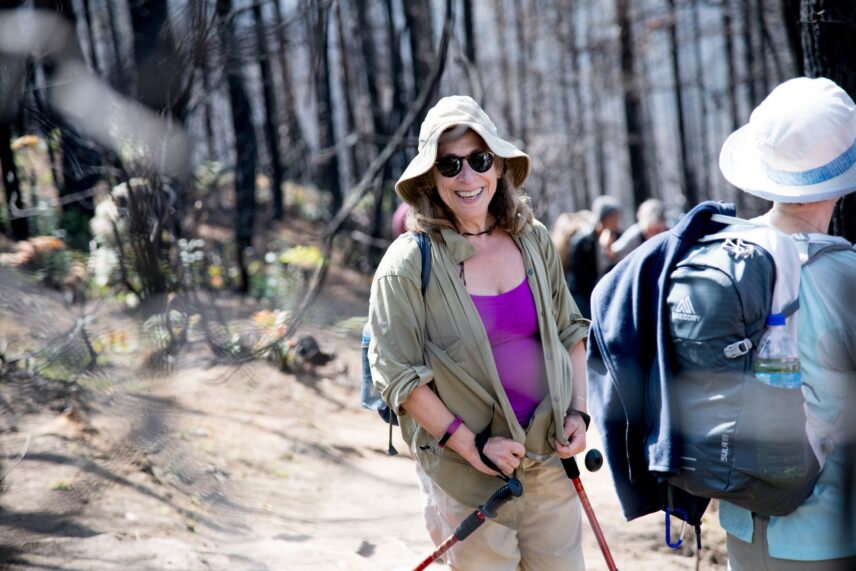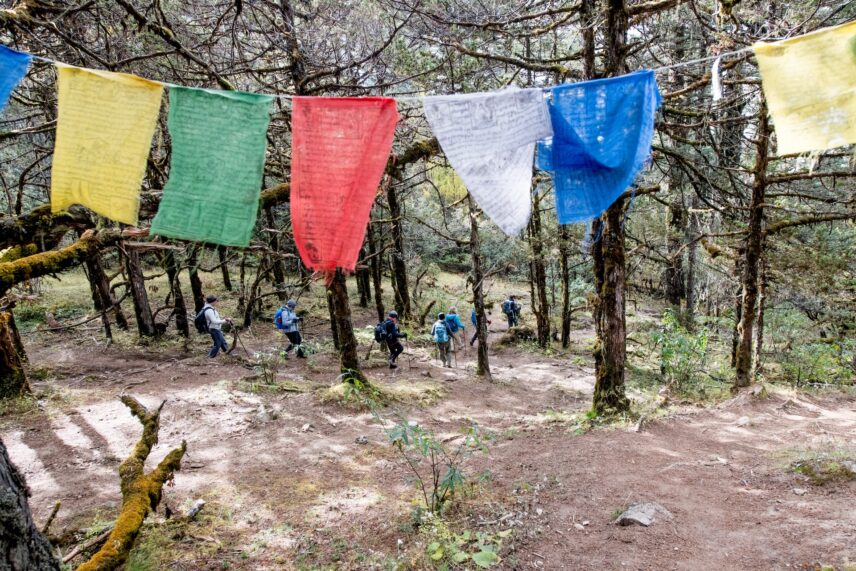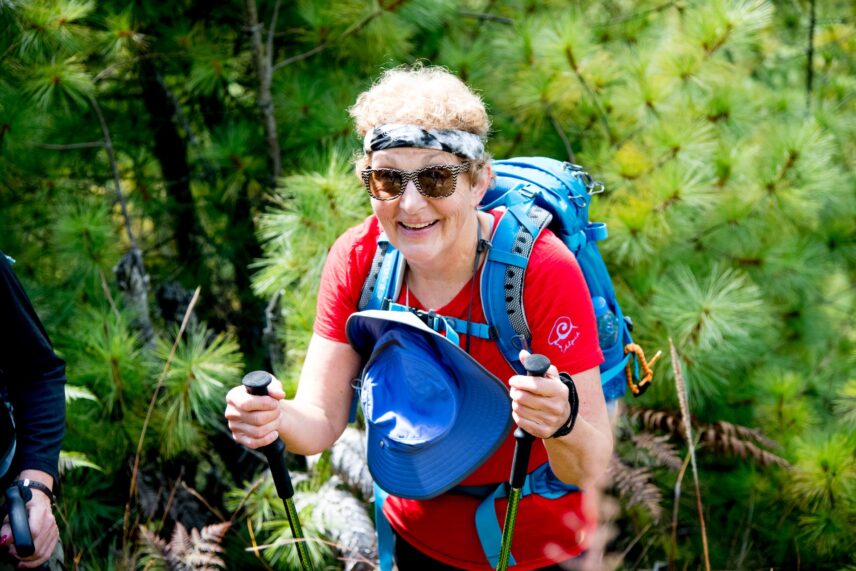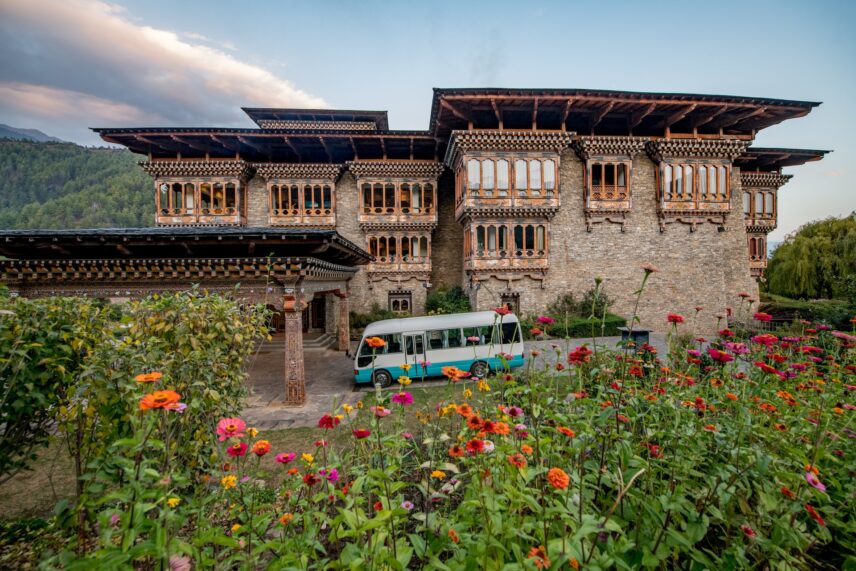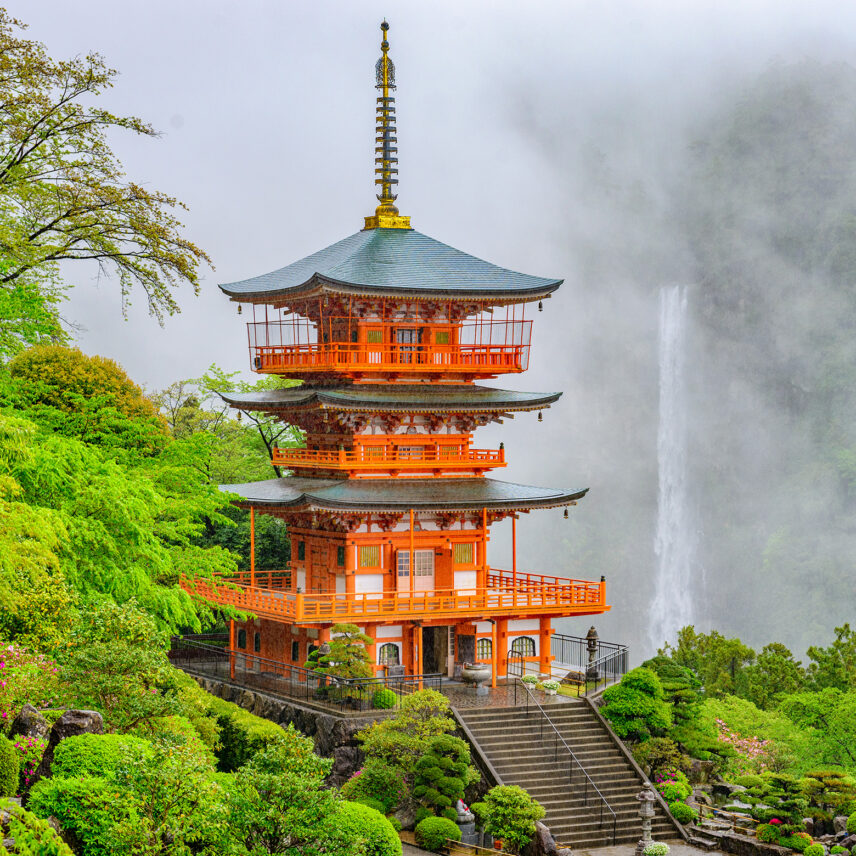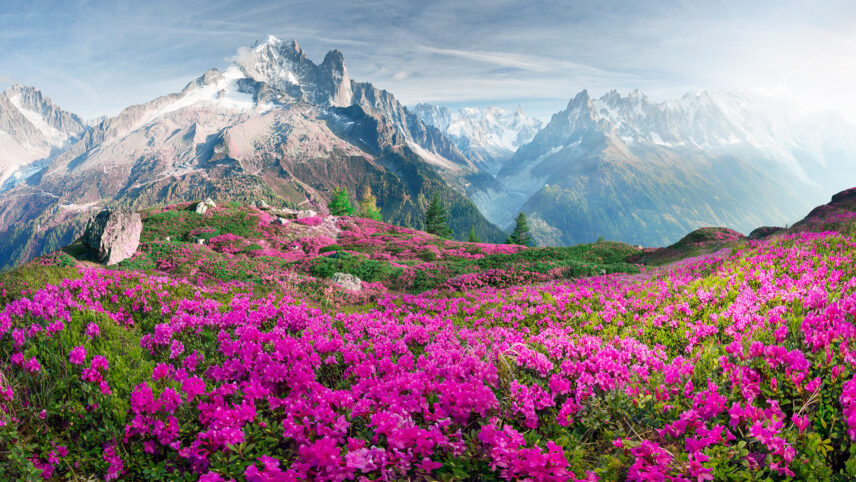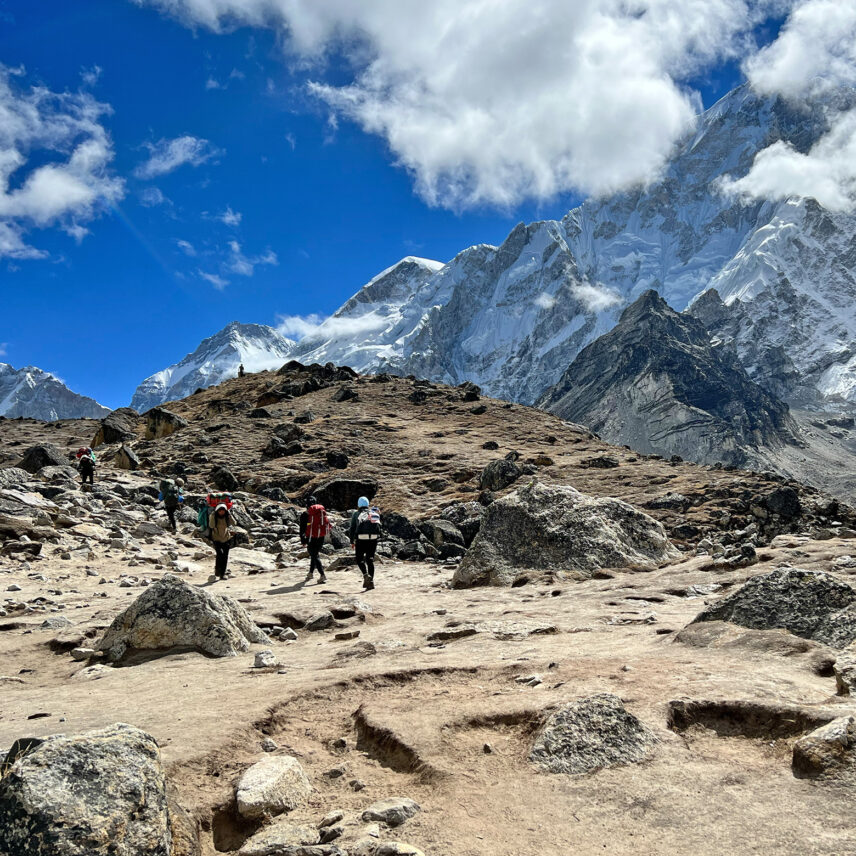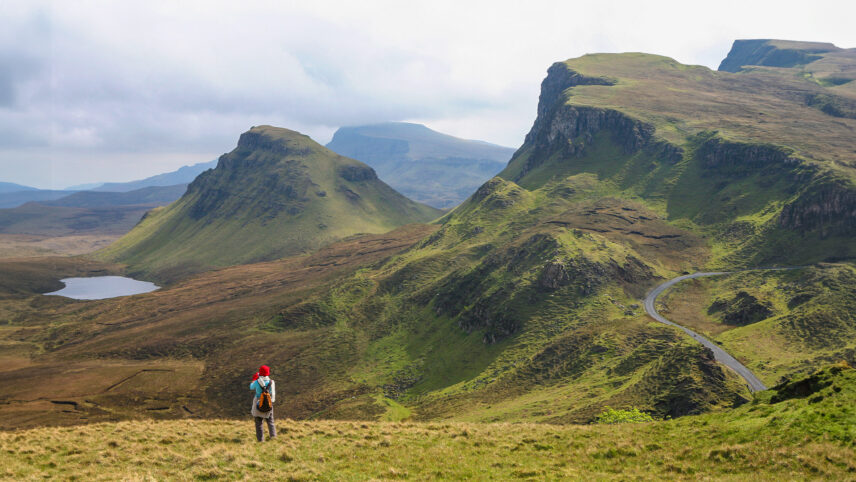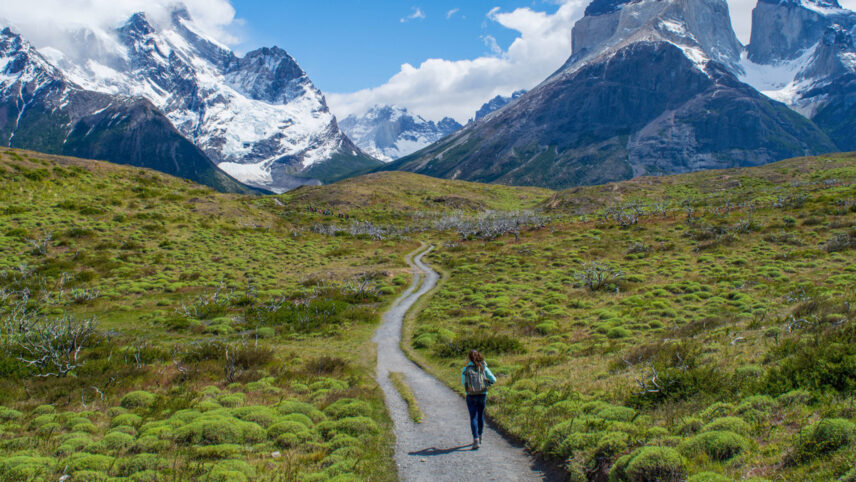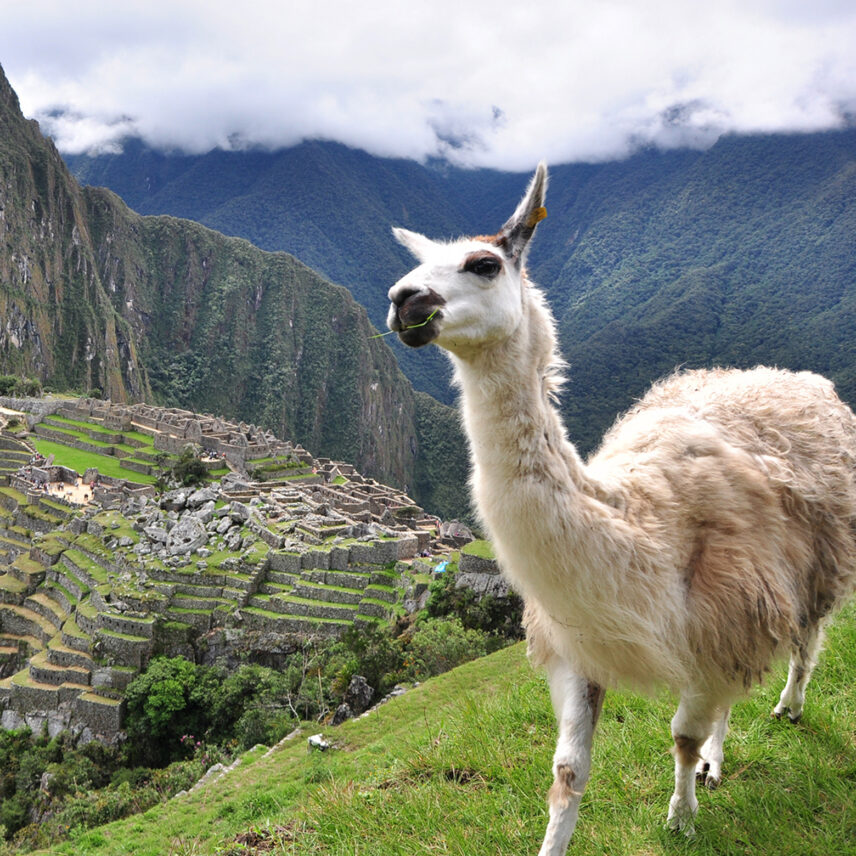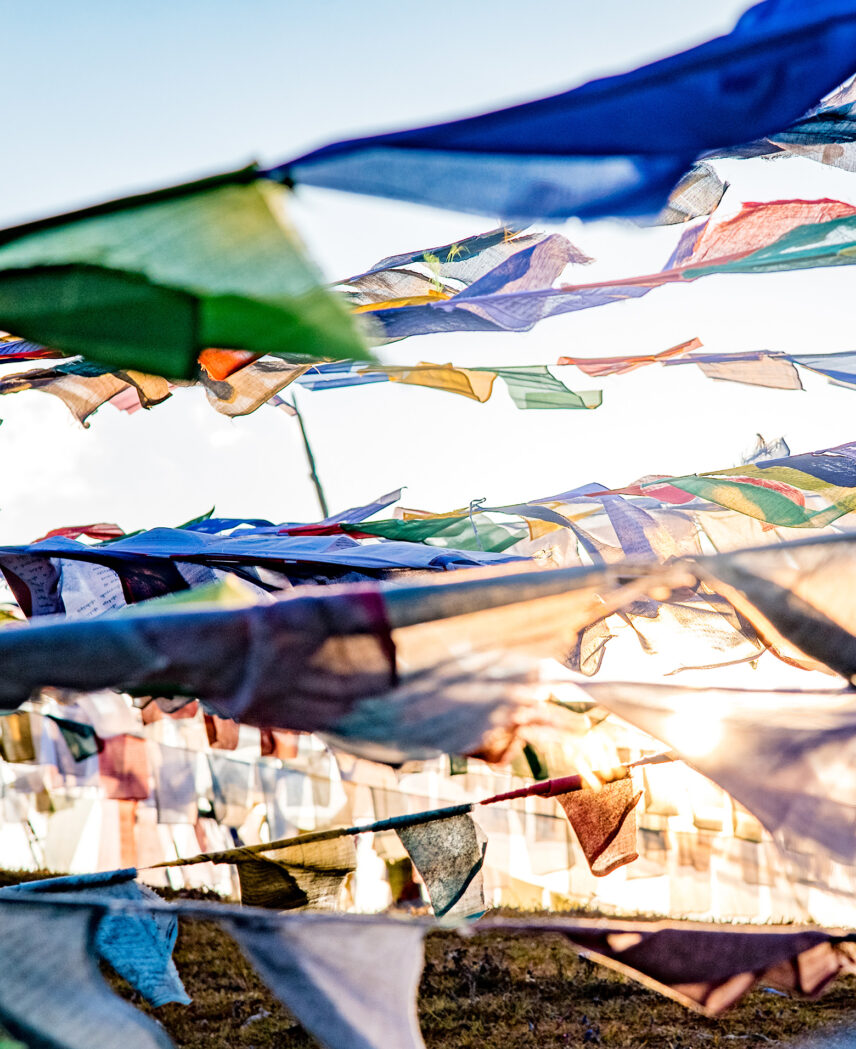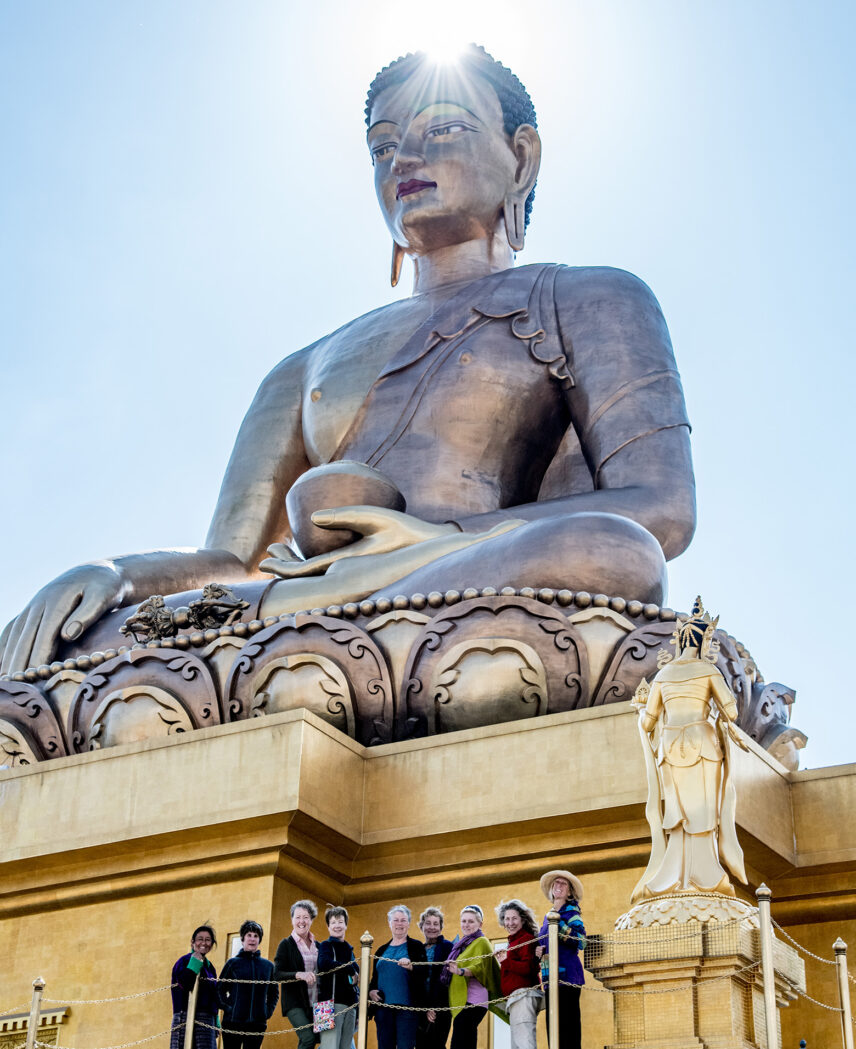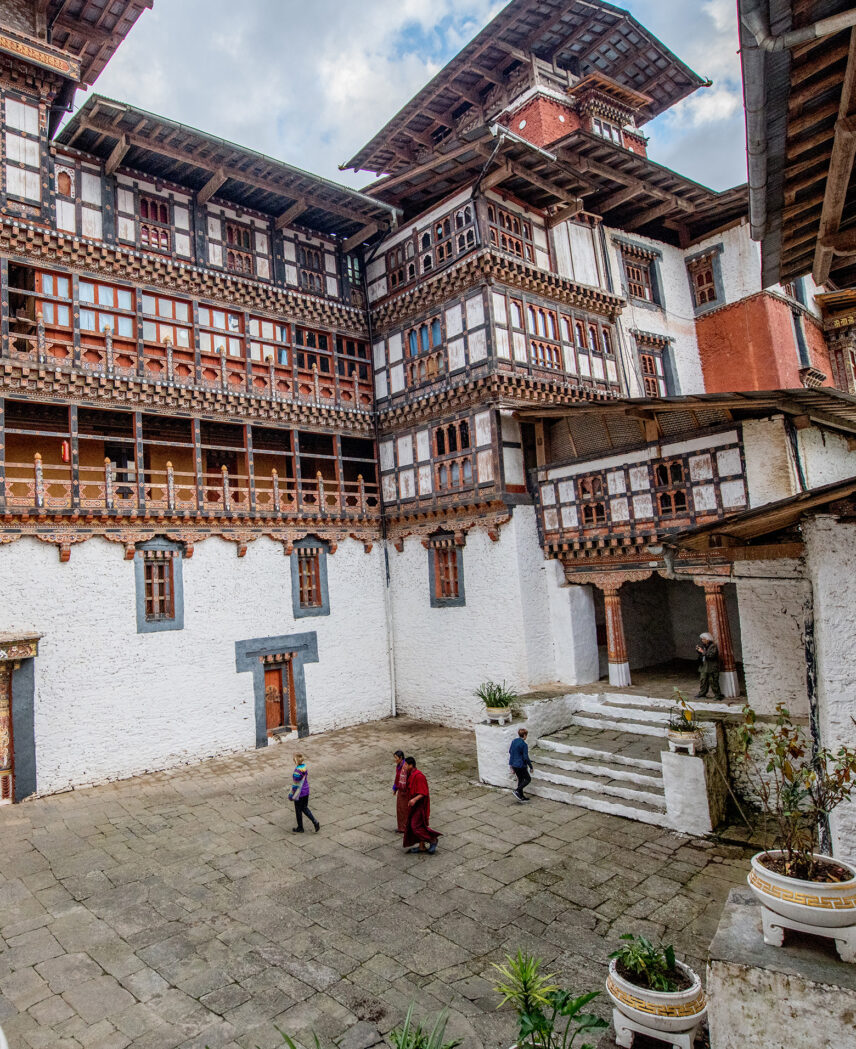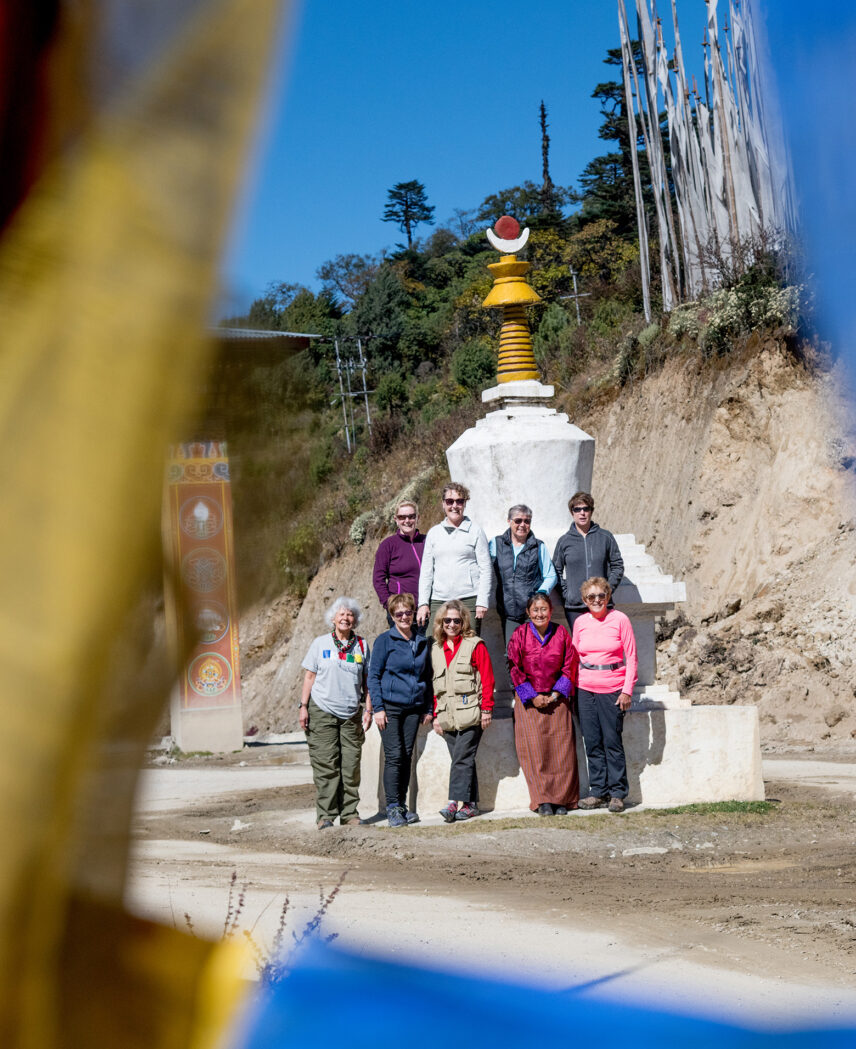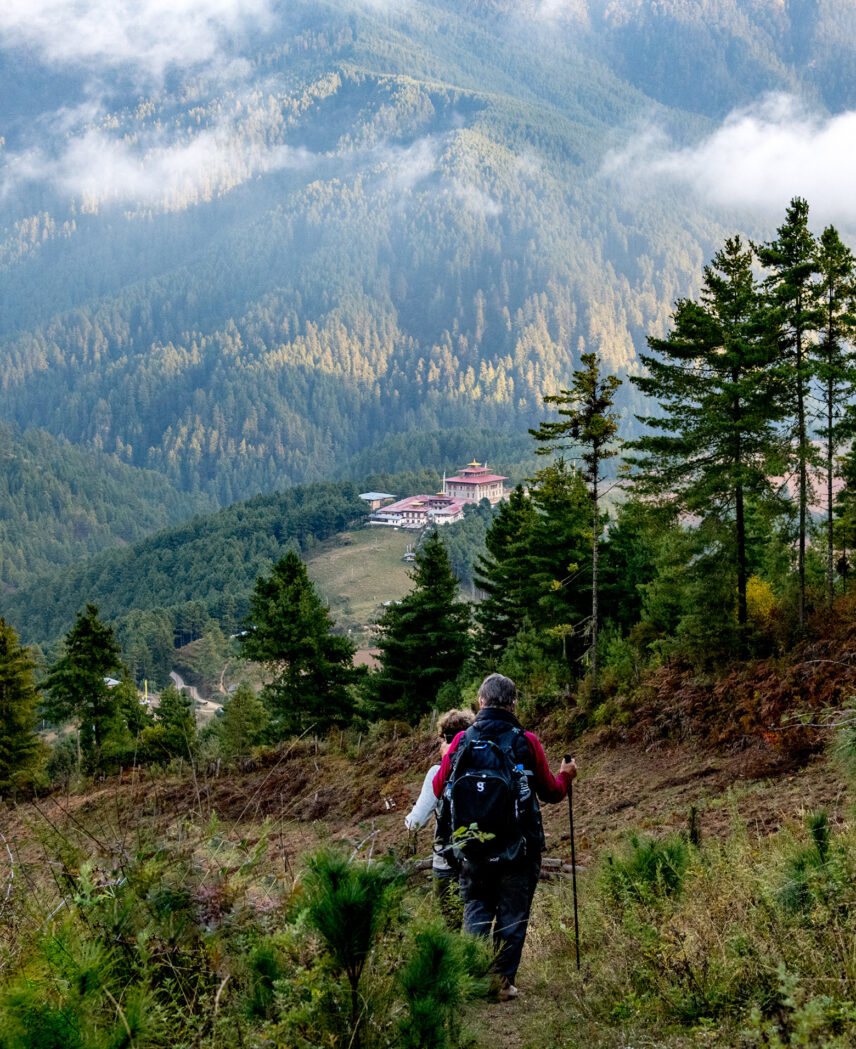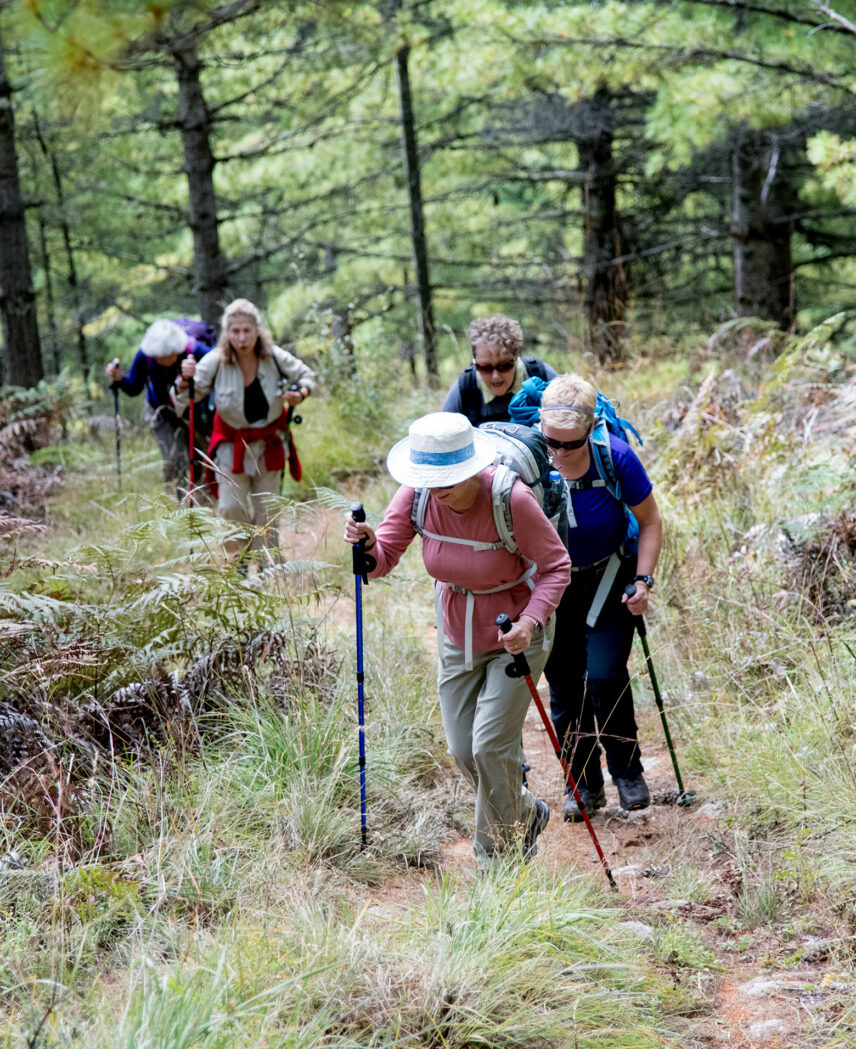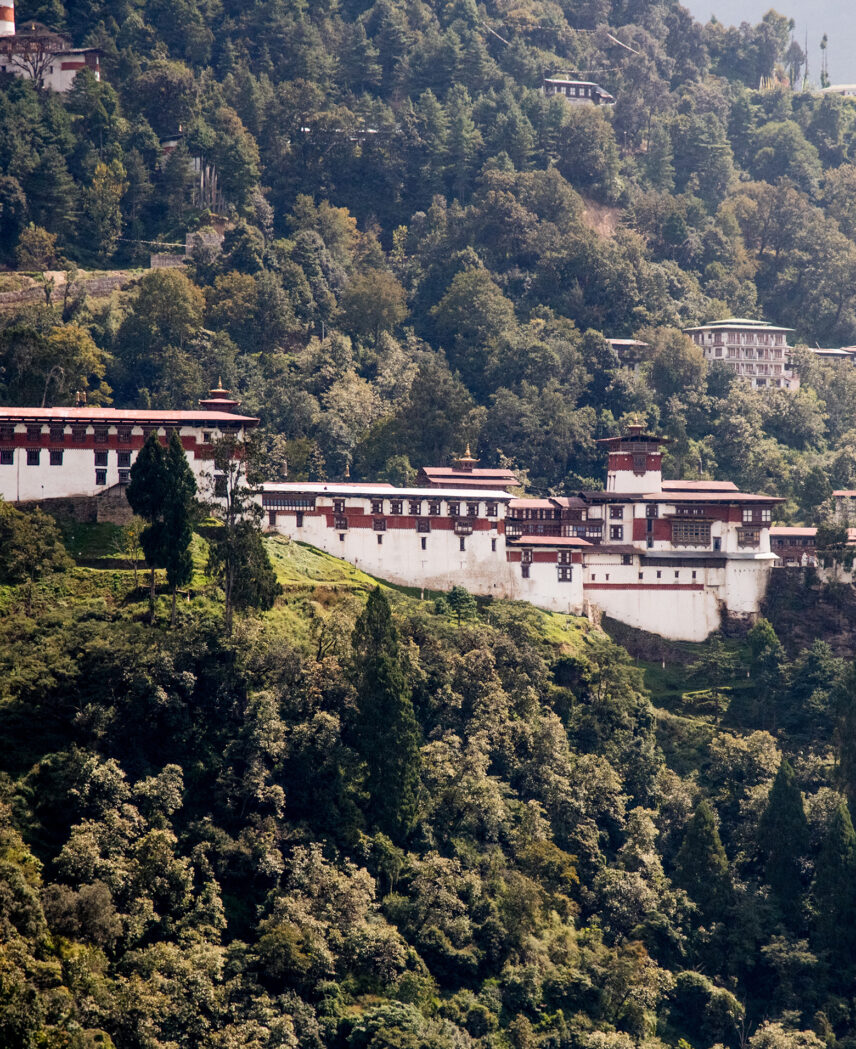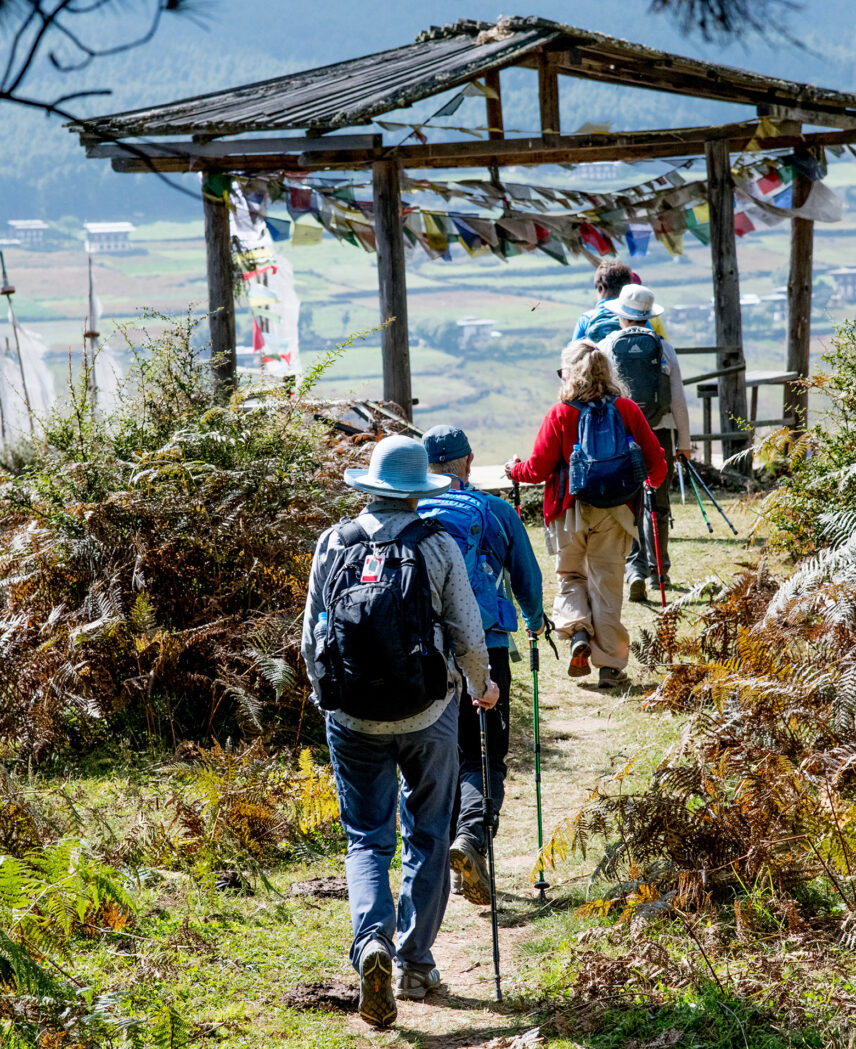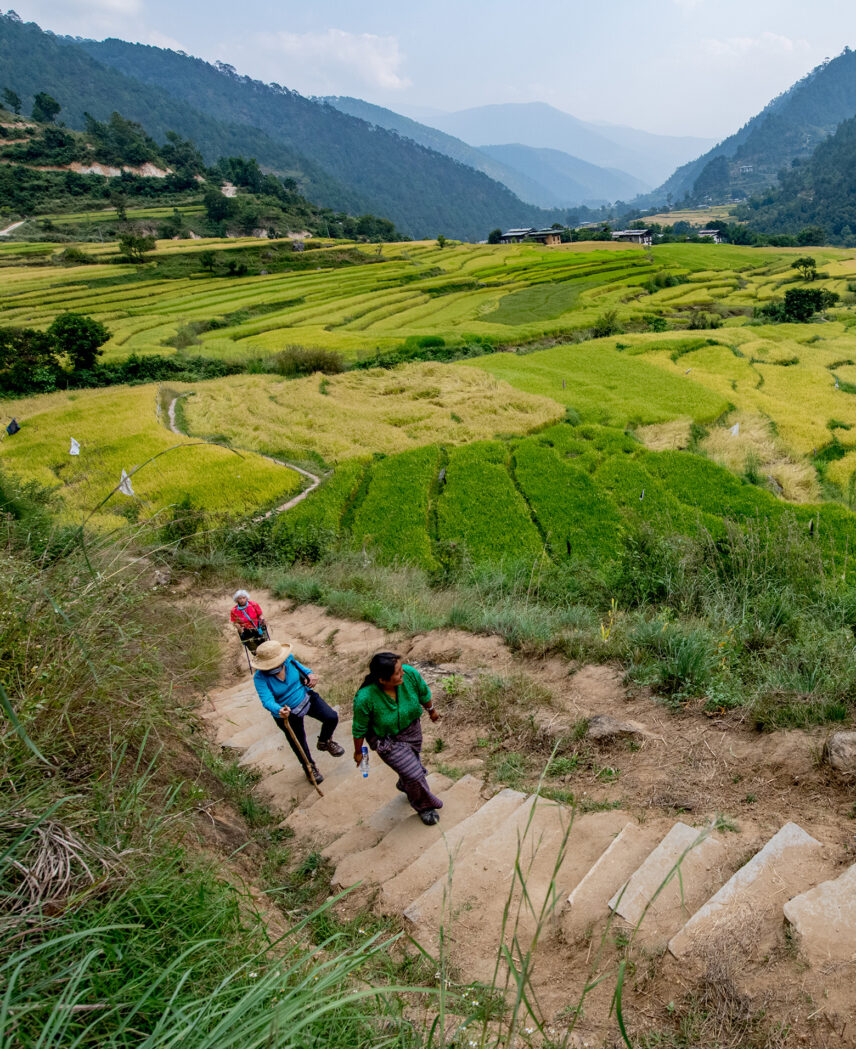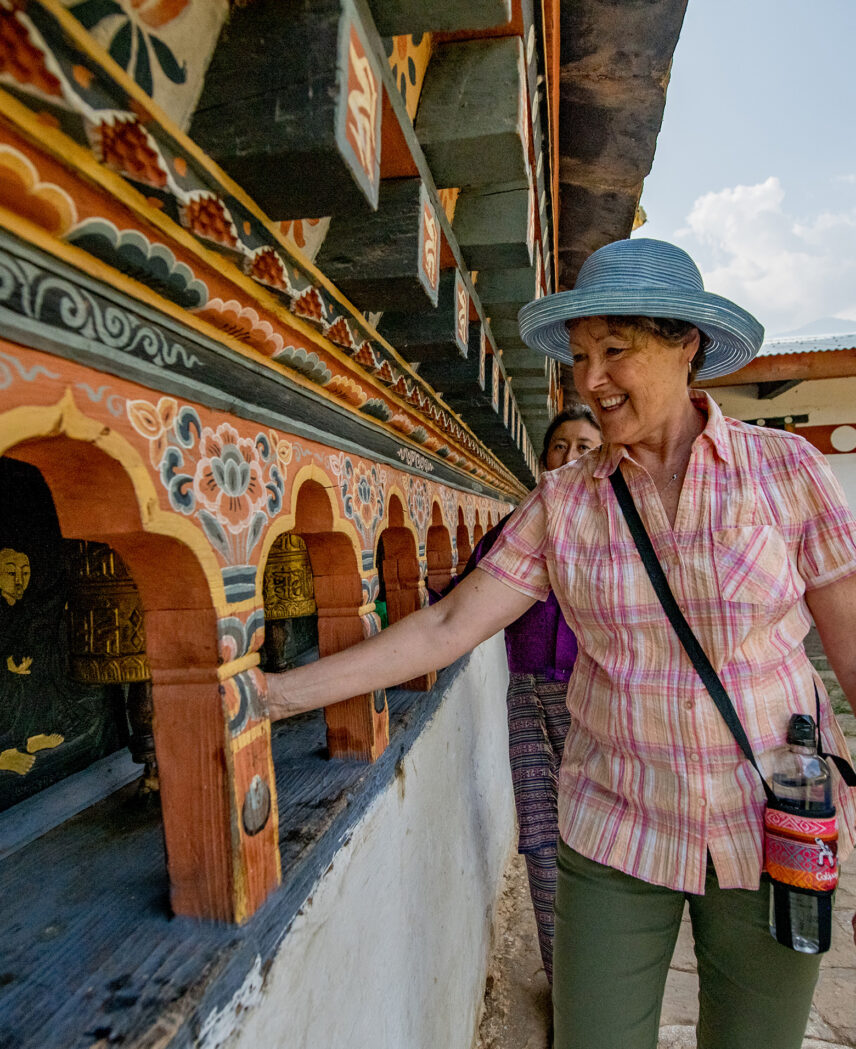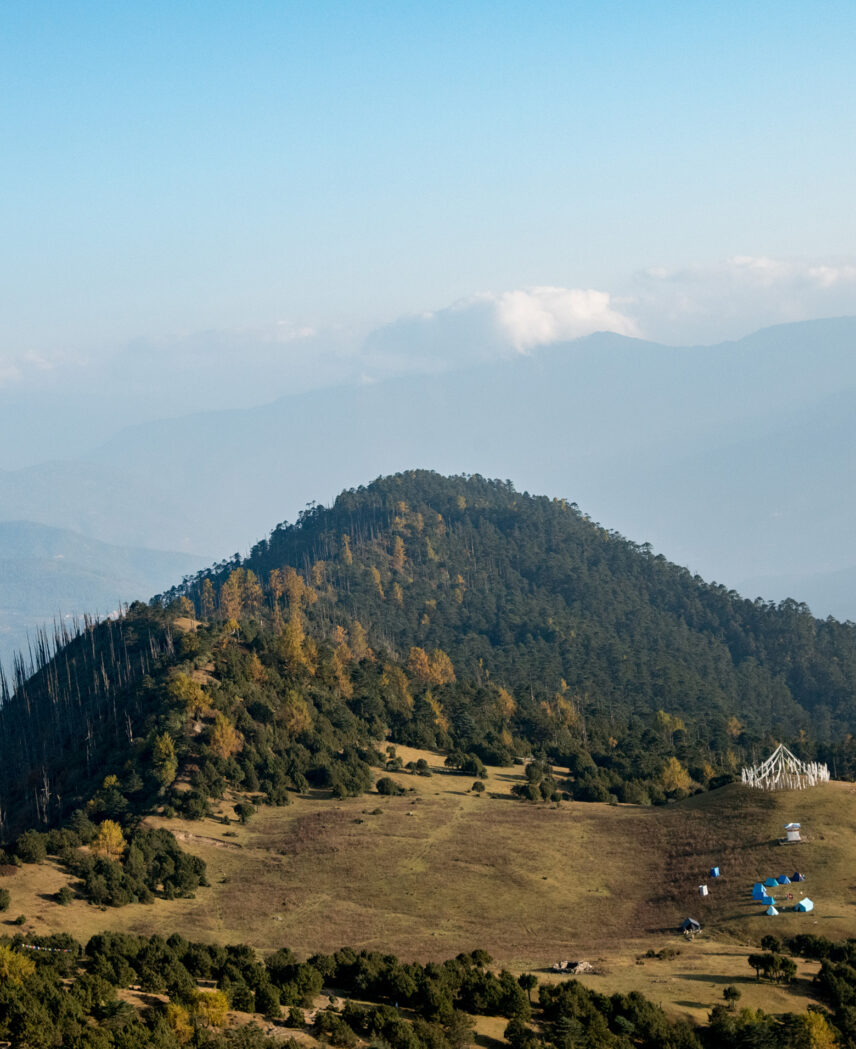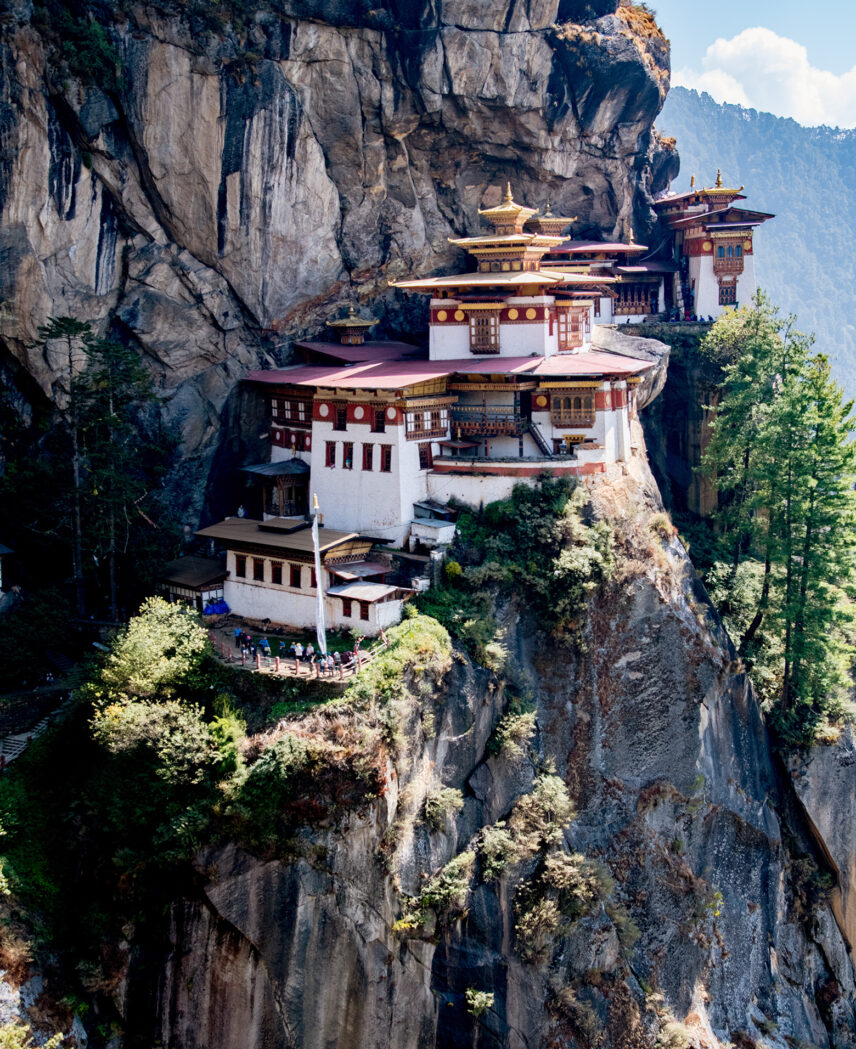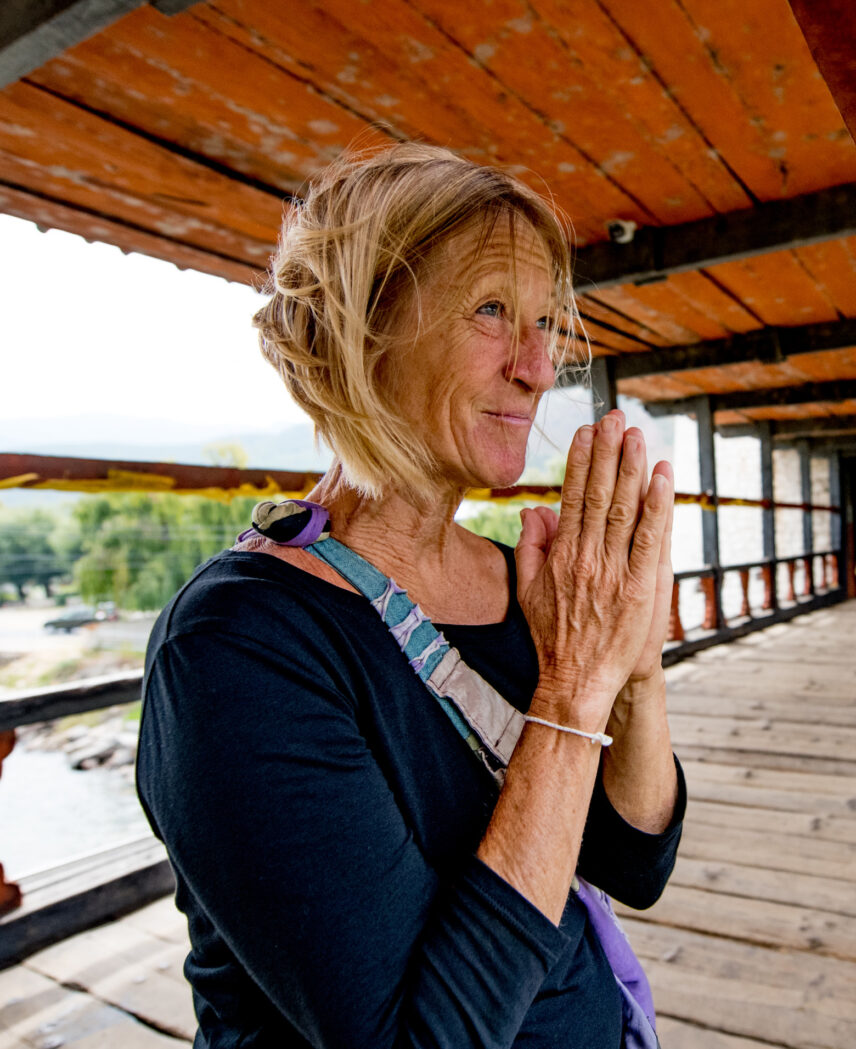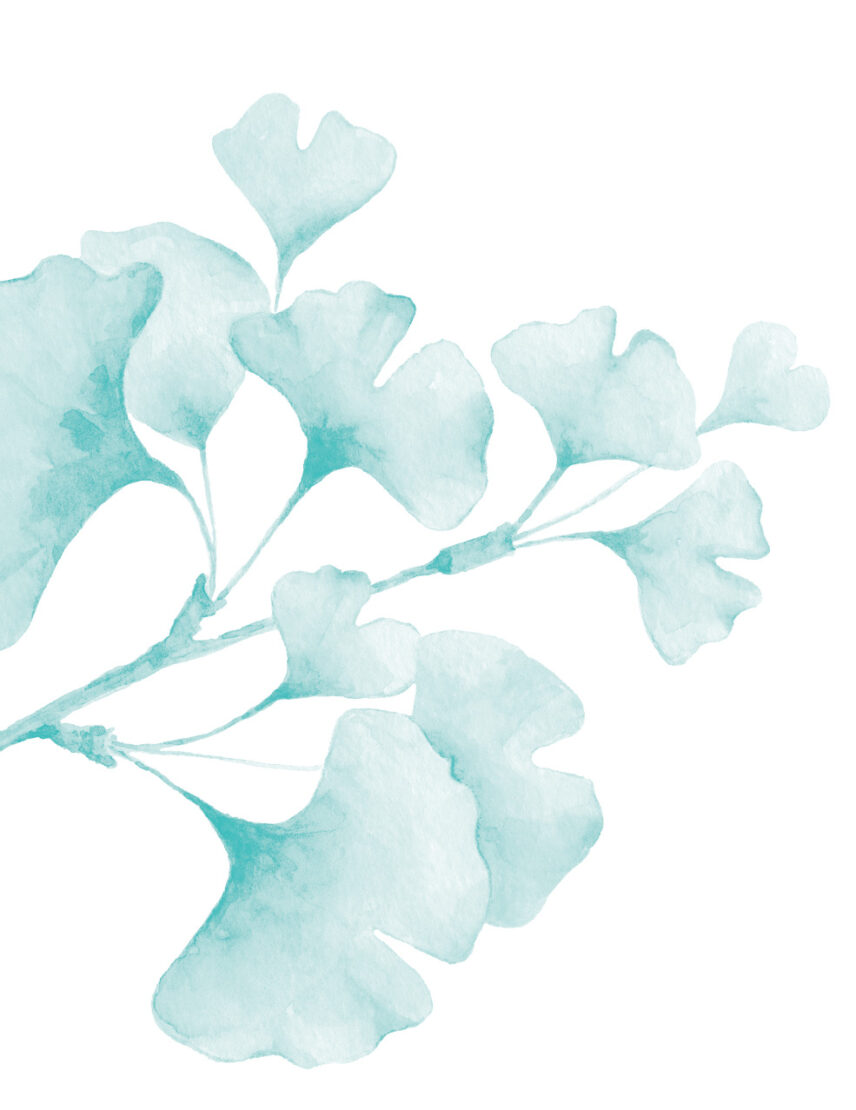
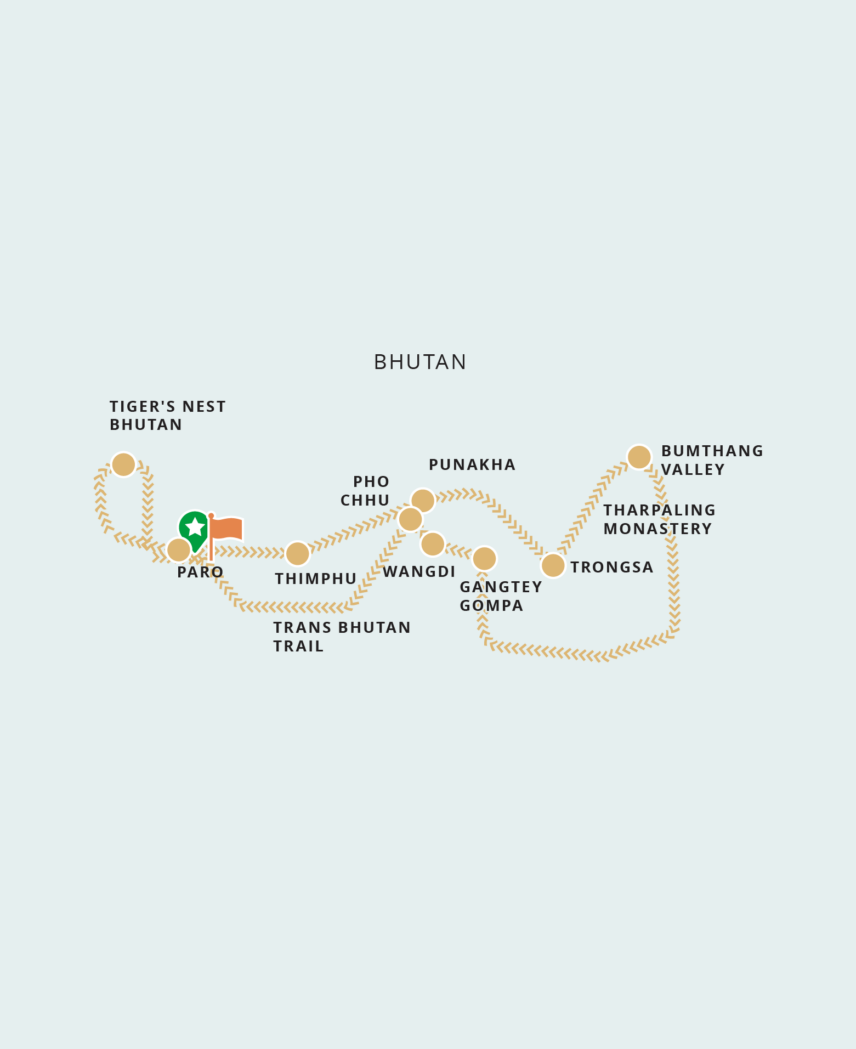
Trip Overview
Departures
Trip Dates + Prices
Duration
13 Days
Activities
Boating/Rafting
Camping
Cultural
Hiking
Physical Rating
Moderate–Challenging
Be the First to Know
Interested in this trip? Get on the list for exclusive information and updates.
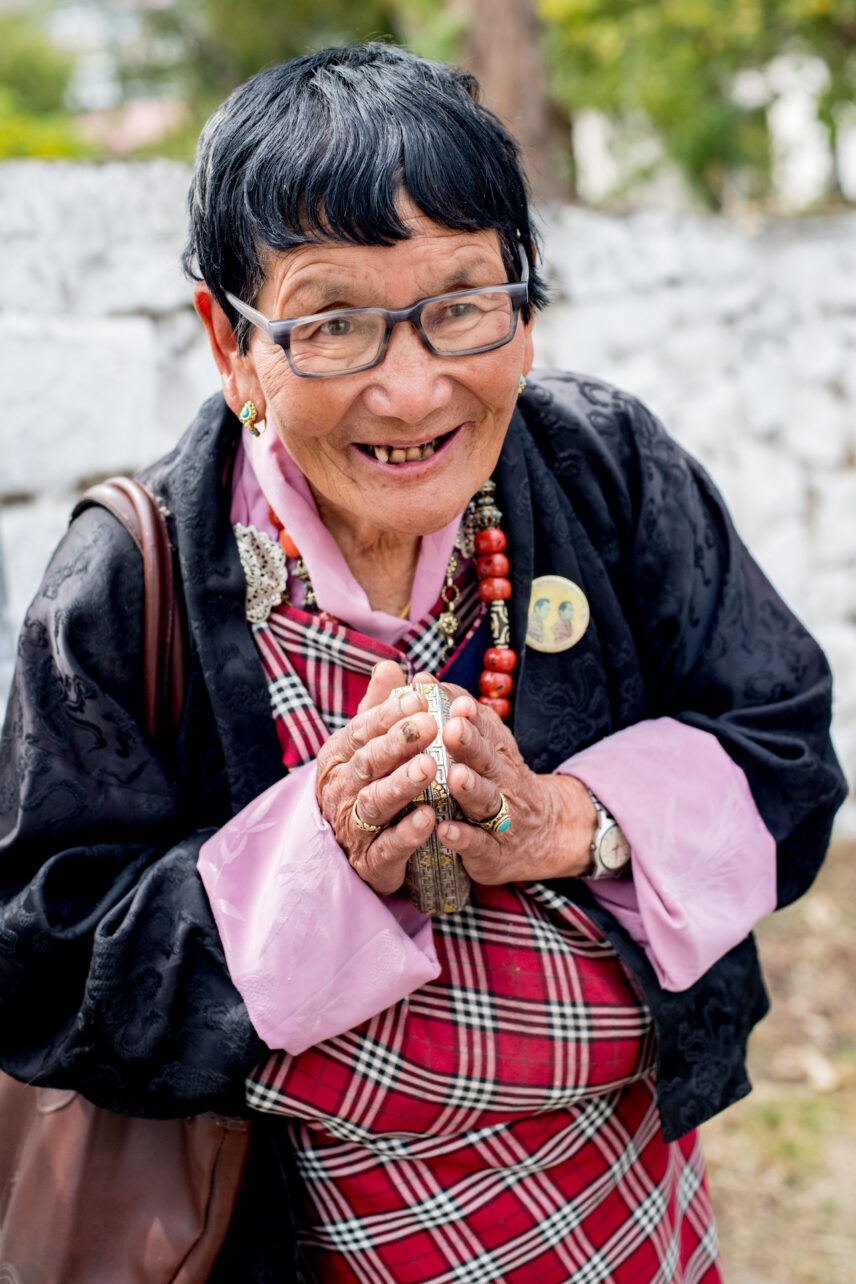
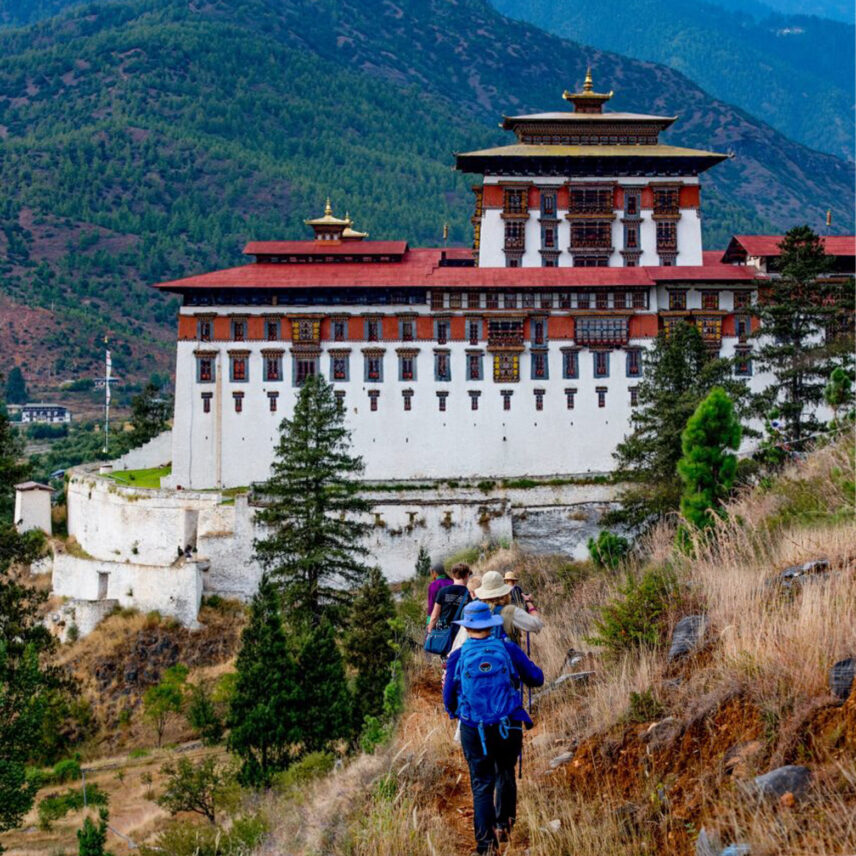
Find Spiritual Renewal on Foot
This is the “Land of the Thunder Dragon,” and the colorful prayer flags and flowering alpine meadows are kindling for spiritual renewal. Bhutan is a country that covets happiness above all else. Over 13 soul-expanding days, we trek through tidy rice paddy terraces, rural villages and blue pine forests and sleep in Himalayan valleys peppered with sacred sites. We have the opportunity to visit countless monasteries, nunneries and ancient fortresses. From the fever pitch of November’s Jakar festival, to the arrival of the migrating rare black-necked cranes—Bhutan is a diverse, enlightening and panorama-packed destination.
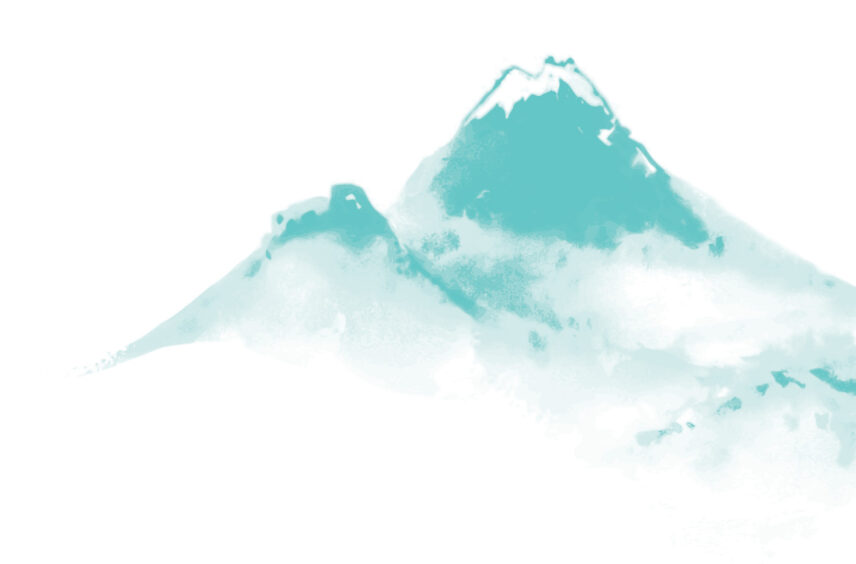
Trek through a Remote Himalayan Kingdom
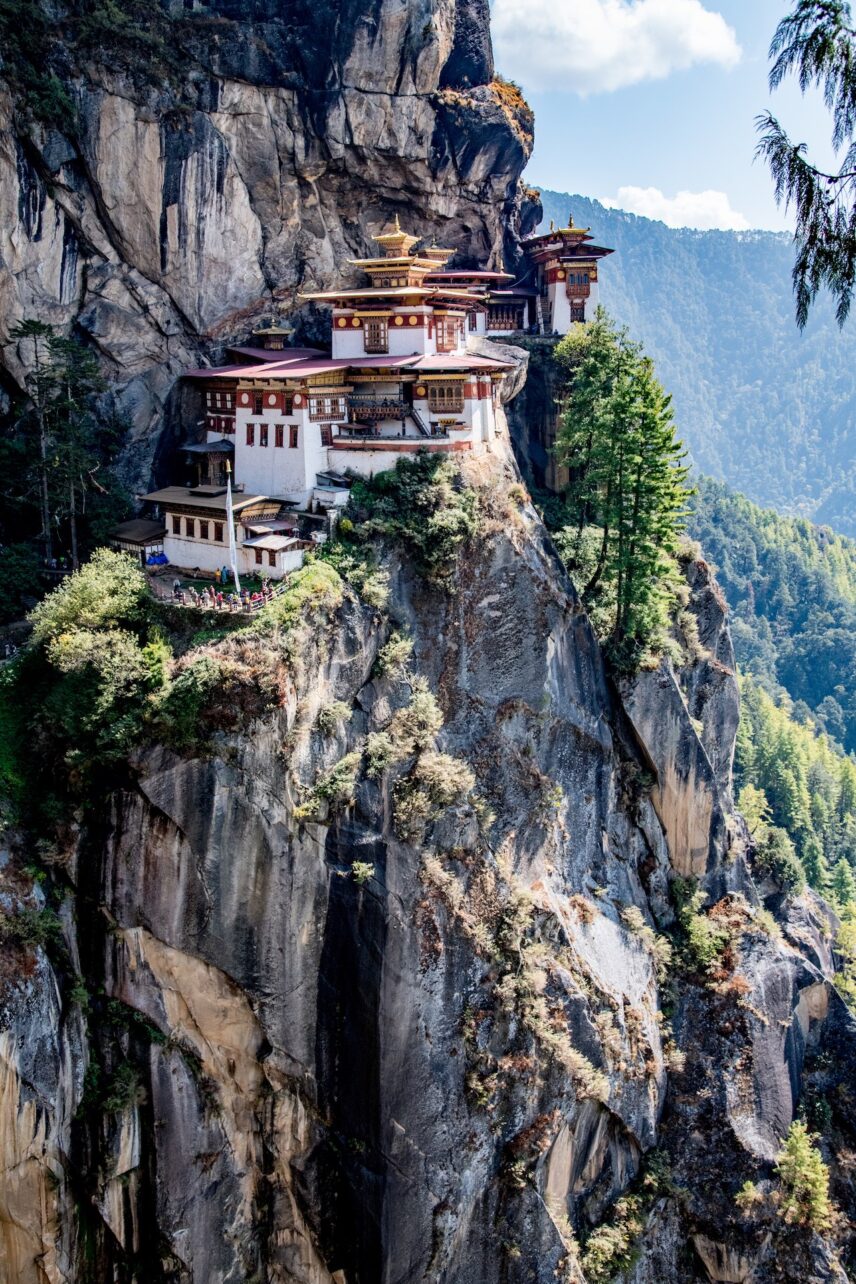
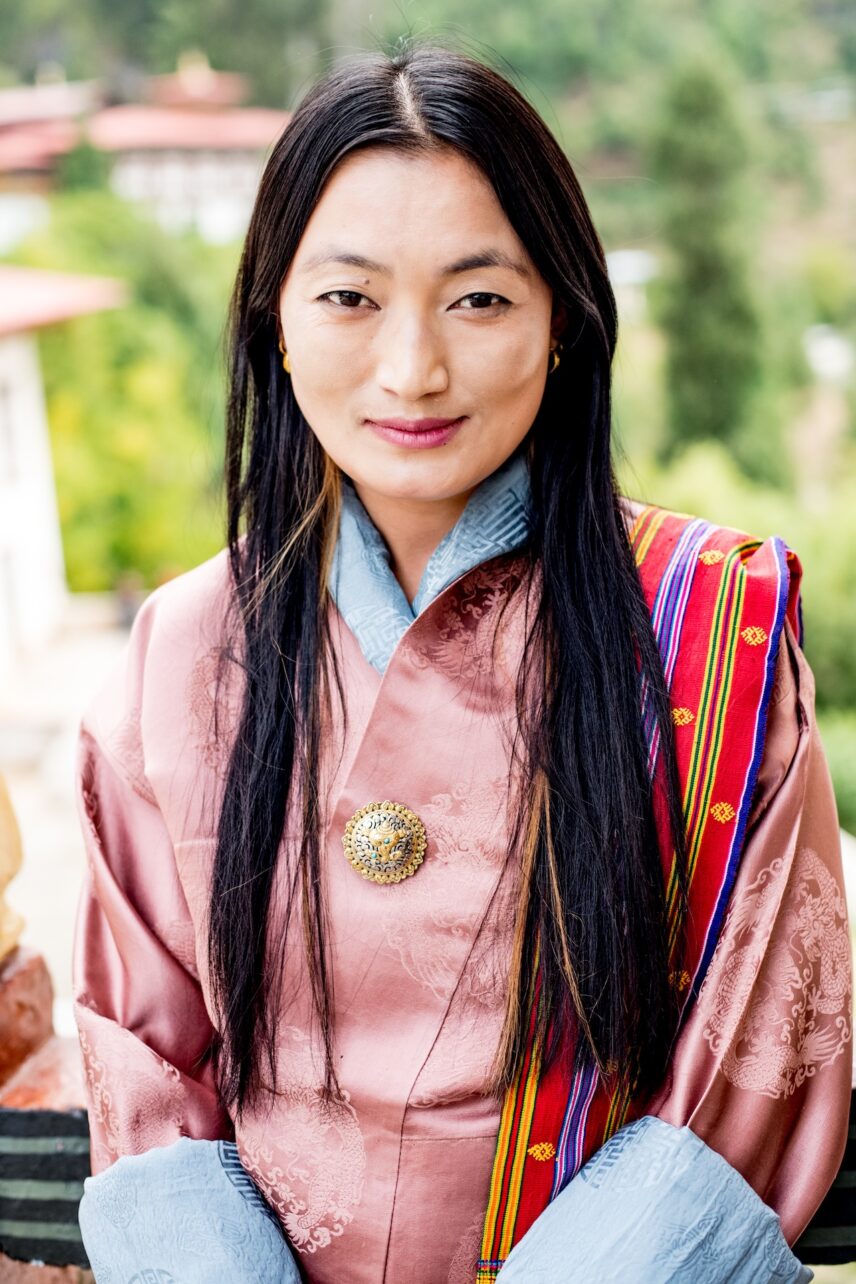
Experience the Sacred Tiger’s Nest
This is an itinerary with surprises at every turn, from a three-story golden Buddha to whitewater rafting on the grinding Pho and Mo rivers. The legendary Tiger’s Nest has its own magnetic pull, and on our trek to the Bumdra Monastery we feel the ancient pulse of gurus, tigress legends and tall tales. We spend a night camping below the monastery and a pampered night at the 5-star Zhiwa Ling Lodge. Dubbed one of National Geographic’s “Unique Lodges of the World,” Zhiwa Ling means “Land of Peace” and this is undeniable.
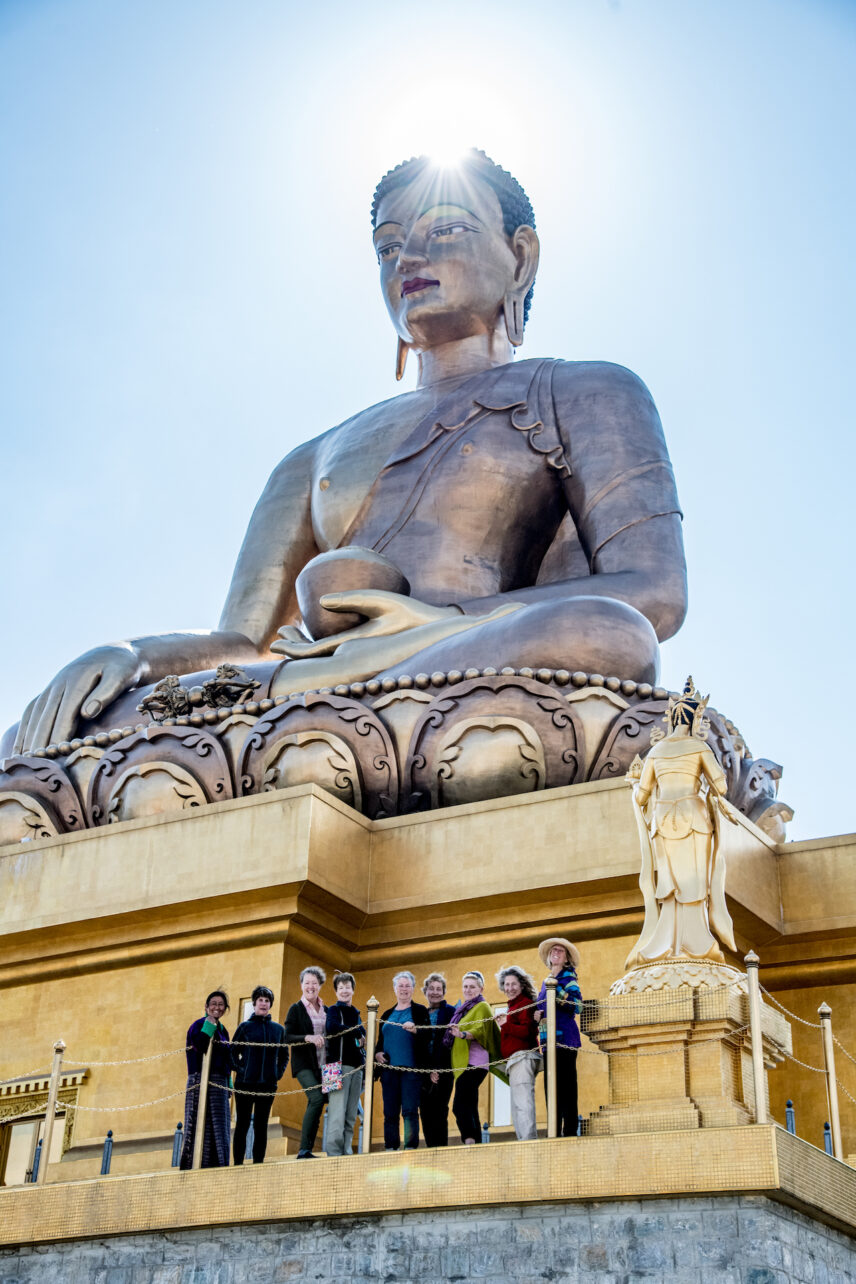
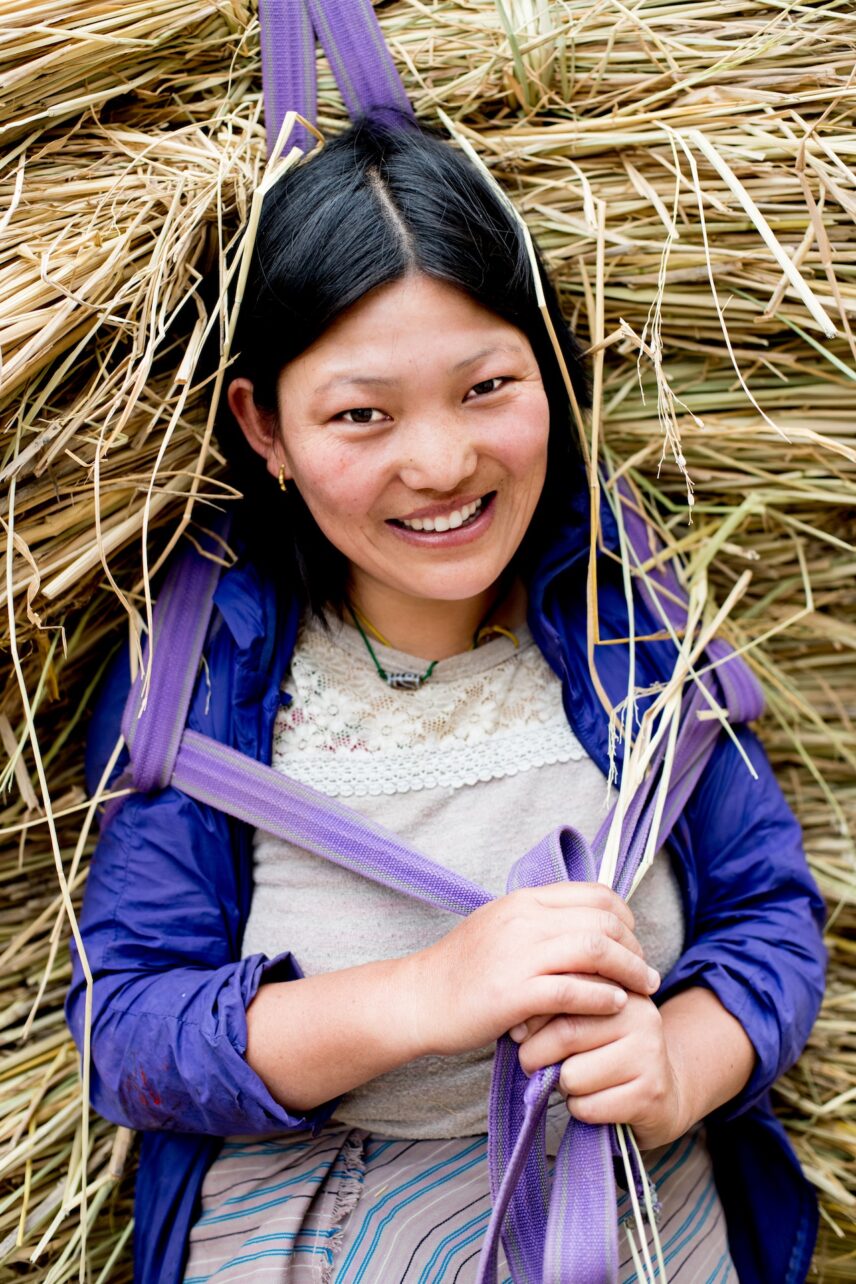
My first ever tour with anyone. The bar is now very high. Bhutan speaks for itself but our guide, Chhimi, along with our driver Kuenzsang, made the trip into an unforgettable adventure. As for Wild Women, you all have it together, for sure! Every step along the way was made easier by the staff’s quick responses. I hope to be able to join the Wild Women again in the future!”
Stephanie M.
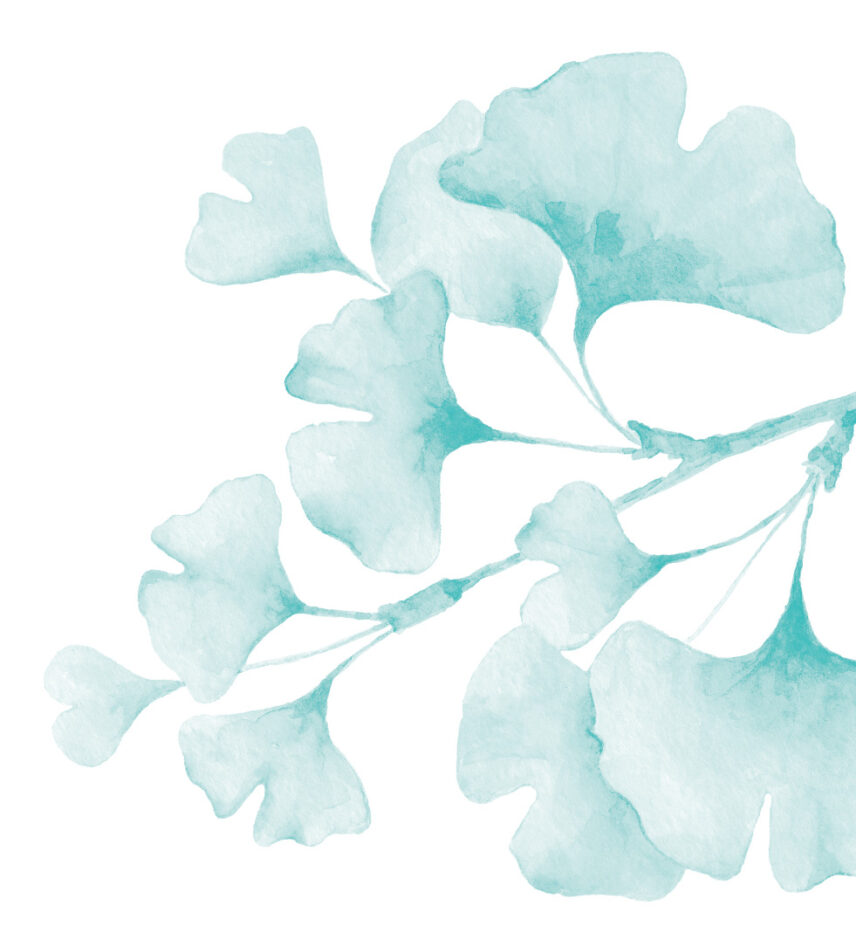
Itinerary
-
Day 1
Paro
Land of Happiness
Our guide will meet us inside the easy-to-navigate Paro International Airport (PBH), situated in the flat bottom valley peppered with more than 150 temples and monasteries.
We shake off the jet lag with an easy one-hour walk along the forested hillside. We pass Gonsaka Lhakhang (a revered old temple with a meditation cave) and Zuri Dzong, one of the oldest dzongs in the area (circa 1352), and home to the valley’s protector god.
We also have an archery lesson today too, putting a bull’s eye on a perfect first day in Bhutan.
Included Meals
Lunch and dinner
Accommodations
Metta Resort, Paro
The Hike
- 1.24 miles (2 km) or 1.5 hours, with a 492 feet (150 m) elevation gain
- Highest Altitude: 7,874 feet (2400 m)
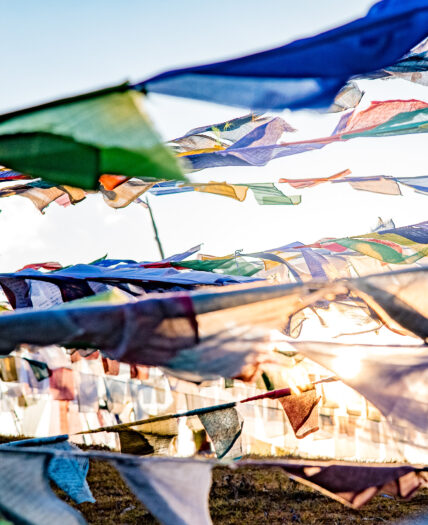
-
Day 2
Thimpu
The Ultimate Golden Buddha
We have a super scenic drive along the Paro and Thimphu river valleys to Bhutan’s lofty capital, Thimpu. Here, we will visit RENEW, a non-profit organization dedicated to the empowerment of women and children in Bhutan. We may be able to visit Gawaling Happy Home, one of the project’s safe houses.
Next, we browse the weekly market, visit the Memorial Chorten and domineering statue of Buddha Dordenma, which commands a tremendous view of Thimphu valley. The huge three-story throne holds several chapels, and the body of Dordenma itself is filled with 125,000 smaller statues of Buddha.
At the Takin Reserve, we can see the namesake national animal, the takin (also known as cattle chamois or gnu goat). We will take lunch in Thimphu.
In the afternoon, we head to the old capital, Punakha, via Dochu La pass. At 10,000 feet (3,050 m), we stop for a very high and hot drink and take in the spectacular panoramic views of the Eastern Himalaya ranges. Our accommodations are in Punakha, an area known for Punakha Dzong. This 17th-century fortress sits on a promontory at the juncture of the mighty Pho and Mo Chhu rivers.
Included Meals
Breakfast, lunch and dinner
Accommodations
Hotel Lobesa, Punakha (or similar)
Travel
4 hours of driving
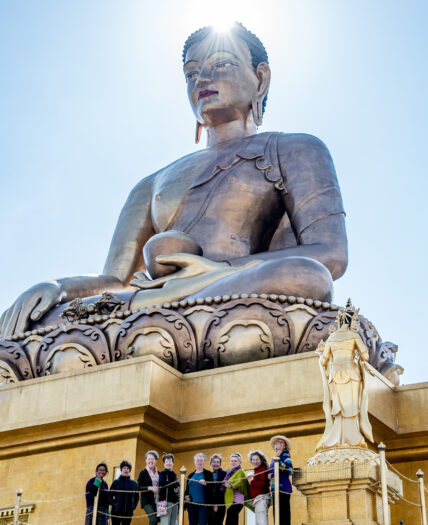
-
Day 3
Punakha to Trongsa
Punakha to Trongsa
After breakfast we head to Trongsa, the gateway to central Bhutan.
For museum junkies, Ta Dzong (the watchtower museum) is dedicated to the Wangchuk dynasty and features personal belongings of the former kings and queens of Bhutan. Built by the first Governor of Trongsa in 1652, Ta Dzong has four observation points resembling a tiger, lion, garuda (a Hindu mythological bird-like creature) and dragon. (*Note: The museum is closed on weekends.)
We stay on a steep ridge in Trongsa—the Trongsa Dzong (the ancestral home of Bhutan’s royal family) is visible from almost everywhere in town and appears nearly magical as the ridge it sits on unfolds into the clouds on its south side.
Included Meals
Breakfast, lunch and dinner
Accommodations
Yangkhil Resort, Trongsa
Travel
4 hours of driving
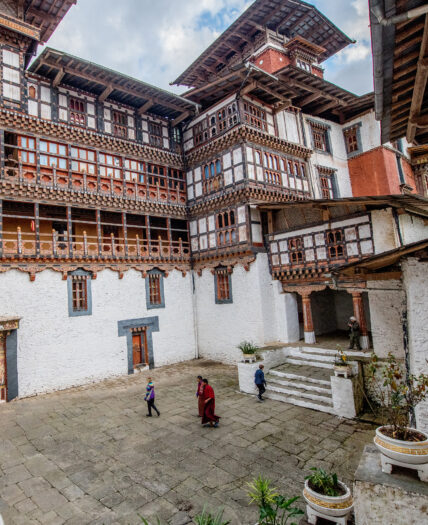
-
Day 4
Bumthang Valley
Hugged by the Valley Views
Today our drive snakes through some of Bhutan’s most alluring landscapes to Bumthang, the spiritual, beating heartland of Bhutan. Bumthang is the collective name for the area of four valleys: Chokhor, Tang, Ura and Chumey. Our guide will lead us on a riveting walking and/or driving tour of sacred sites including Jamba Lhakhang and Kurjey Lhakhang.
We stay in Bumthang tonight, hugged by history, the sacred valleys, views and take comfort of a traditional stone bath at a local farmhouse.
Included Meals
Breakfast, lunch and dinner
Accommodations
Valley Resort, Bumthang
TRavel
3 hours of driving
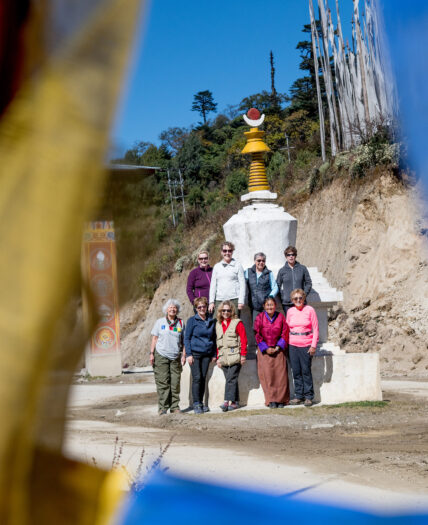
-
Day 5
The Trans Bhutan Trail
Visit Babzur’s Nunnery
Today’s hike starts across from the Gangrithang School in Jakar town, where you will see the signpost for the famed Trans Bhutan Trail. We cross the stile over the fencing at the archery ground and have a steep one-hour climb to a small Swiss-owned farmhouse. Behind us, the Jakar Valley views are enormous.
We will follow the white markers of the Trans Bhutan Trail to Babzur. Past the farmhouse, the path gently slopes upwards and splits through serene forest (90 minutes) until Badai La where we can rest under the canopy. What goes up must come down! We begin our easy hour-long descent, where we will be rewarded with the view of Phomrong village, the Nunnery and Babzur Valley. Here, a vehicle will shuttle us back to Jakar town, where we can visit the local museum (depending on its hours) and the Pema Choling Nunnery, home to 100 nuns from age 12 to 70.
Included Meals
Breakfast, lunch and dinner
Accommodations
Valley Resort, Bumthang
The Hike
- 5.6 miles (9 km) or 4.5 hours, starting at 8,366 feet (2,550 m) altitude
- Highest altitude: 9, 186 feet (2,800 m)
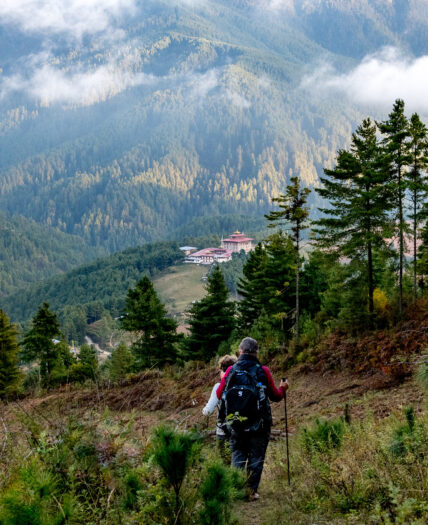
-
Day 6
The Royal Heritage Trail
Valley Views
Today we drive to Tharpaling Gompa and visit Kikila, located on the hillside above Bumthang. The monastery was built by a great saint called Kuenkhen Longchen Runjam and is home to around 100 monks.
We have a slow and gradual walk up a narrow path above the monastery to the ridge of Tharpaling (which means “salvation”), where we have an expansive view over the Gyatsa, Domkha and Chumey valleys. We will also see the statue of Longchen Rabjampa, the founder of Tharpaling Monastery.
From here, we walk another couple of hours downhill, towards Lama Gomba along the ridge of Kikila towards Kikila pass. We slice through blue pine forest before connecting with the traditional trek route between Trongsa and Bumthang (the Royal Heritage Trail) and end at Jakar Dzong. Here, a vehicle will meet us for transport back to the hotel for an interactive cooking class.
*Note: For Wild Women on the November 2024 departure date, if the festival dates align, we will attend the Jakar Festival in lieu of hiking.
Included Meals
Breakfast, lunch and dinner
Accommodations
Valley Resort, Bumthang
Travel
2 hours (driving)
The Hike
- 7.5 miles (12 km) or 5 hours, with a 328–656 foot (100–200 m) elevation gain
- Highest altitude: 12,467–12,795 feet (3,800–3,900 m)
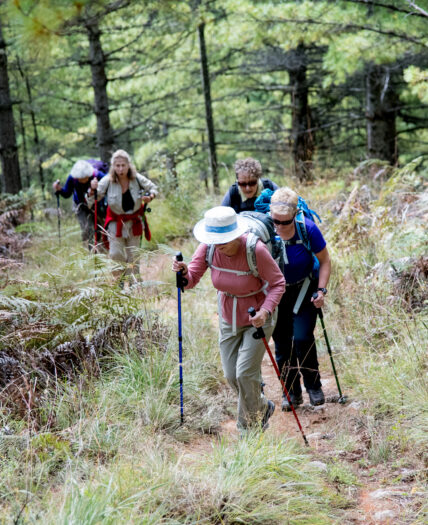
-
Day 7
Gangtey Gompa
Black-necked Crane Migration
We head to Gangtey, a remote and tranquil area that’s a natural sanctuary for the hundreds of rare black-necked cranes that arrive annually in the last week of October from the Tibetan plateau to roost for the winter amongst the farms and villages.
The crane is considered sacred and there’s a festival dedicated to the bird’s return. The black-necked species with an impressive 8-foot (2.4 m) wingspan is the only alpine crane in the world. They favor the dwarf bamboo that grows in the valley’s alpine wetlands. In the Phobjikha Valley, locals honor and protect these elegant cranes as it is believed that they are connected to bountiful harvests and prosperity.
Our next stop will be Gangtey Gompa, one of Bhutan’s oldest monasteries. During the summer months, it’s inhabited by monks.
Tonight, we let our dreams take flight on the wings of the alpine cranes in Gangtey.
Included Meals
Breakfast, lunch and dinner
Accommodations
Dewachen Resort
Travel
6 hours of driving
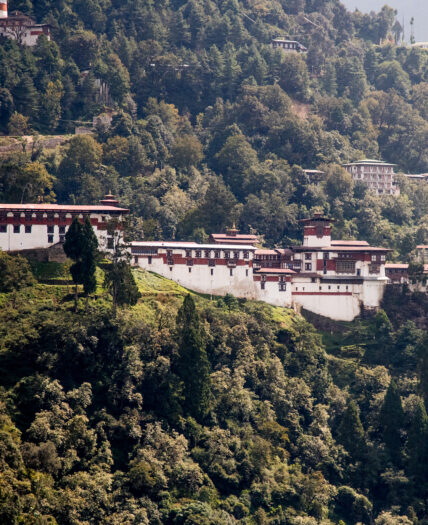
-
Day 8
Phobjikha Valley
A Full Day on Foot
Our first stop is the Black-necked Crane Information Center to learn more about the valley and its famous migrating birds. Our walk continues to Beta Village and the Gangtey Nature Trail which passes by the pastoral Semchubara village. We cut through grassy plains and stands of blue pines and hopefully see some cranes feeding in the marshlands too!
In Kingathang village, we visit a temple built by Bhutan’s Queen Mother and continue on an easy route via Yusa village back to our hotel.
Later, we drive to Wangdi, a small mountain and riverside town. In 2022, after 10 years of painstaking work to repair the damage from a fire which gutted the centuries old Wangdi Dzong, it has finally reopened. It’s an odd twist of fate that the monastery was being renovated at the time of the fire in 2012, so most of the relics were already safely in storage.
Included Meals
Breakfast, lunch and dinner
Accommodations
Wangdi Ecolodge, Wangdi
The Hike
- 8 miles (13 km) or 6 hours, with no elevation gain
- Highest Altitude: 9,514 feet (2,900 m)
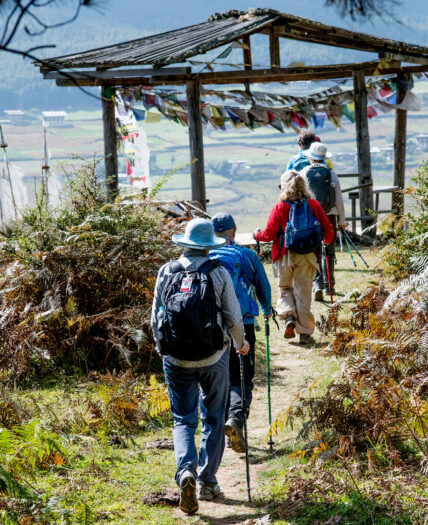
-
Day 9
Punakha Dzong
A Rapid Time
Today, we have a short hike to Khamsum Yuelley Namgyel Chorten through the village and rice paddy fields of Yebisa. We begin by crossing the nerve-jangling suspension bridge and continue onward to the 98 foot (30 m) temple. This path is gradual but there are some steeper sections—the reward is naturally found at the top!
After visiting the temple and posing for a dozen grinning group photos, we descend and cross the suspension bridge again to meet our shuttle.
In the afternoon, we will raft on the Pho Chhu (“Male”) or Mo (“Female”) Chhu river! Each has over a dozen Class II–IV rapids to help spike our adrenaline levels!
After our whitewater experience, we return to solid ground and the calm found in the deeply impressive Punakha Dzong or “Palace of Great Happiness” built in 1637 at the confluence of the two rivers.
Tonight we can help prepare dinner at a local farmhouse!
Included Meals
Breakfast, lunch and dinner
Accommodations
Wangdi Ecolodge, Wangdi
The Hike
- 1.9 miles (3 km) or 3 hours, with no elevation gain
- Highest Altitude: 4,593 feet (1,400 m)
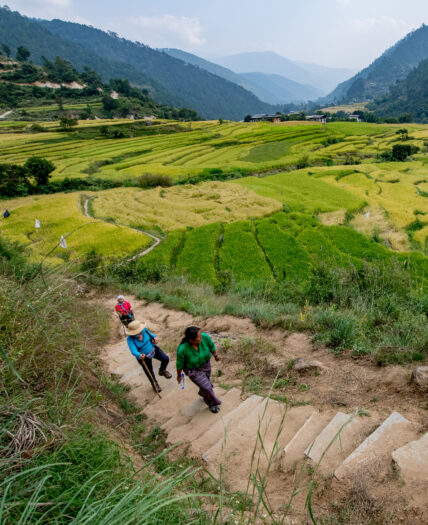
-
Day 10
Chimi Lhakhang
The Divine Madman
This morning, we take a short walk along the terraced fields to the 15th-century Chimi Lhakhang (“Temple of Fertility”), built by Lama Drukpa Kuenley, the Divine Madman. He was an unconventional yogi whose teachings included outrageous behavior, song and poetry—and instruction to have more sex. We will see evidence of his antics/teachings throughout the country in the form of painted penises on local houses.
Semi-enlightened, we return to Paro via Chele La Pass, the highest drivable pass in Bhutan.
Tonight we repack for our overnight trek and enjoy the amenities of the 5-star Zhiwa Ling Lodge (one of National Geographic’s “Unique Lodges of the World!”). Zhiwa Ling means “Land of Peace” and this is undeniable. The 45-room hotel faces the sheer rocky cliffs that surround Tiger’s Nest Temple. This strategic position is believed to bring good fortune to those who spend the night in the pampered embrace.
Included Meals
Breakfast, lunch and dinner
Accommodations
Zhiwaling Resort, Paro
Travel
4 hours of driving
The Hike
- 1.2 miles (2 km) or 1.5 hours, with no elevation gain
- Highest Altitude: 4,265 feet (1,300 m)
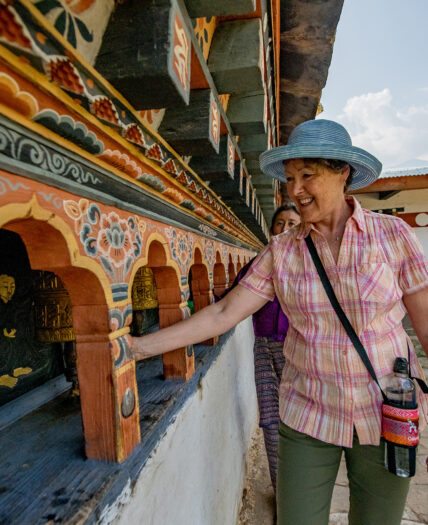
-
Day 11
Himalayan Vistas
Camping in the Clouds
Today we begin our highly anticipated two-day camping trip high up on the hillside outside Paro. We drive to Sang Choekor Buddhist College and start walking at an altitude of about 9,186 feet (2,800 m) through fragrant blue pine and juniper forest to a majestic mountainside temple, Chhoe Chhoe Tse Lhakhang.
We continue climbing and re-enter the shadows of the forest until we emerge in an alpine meadow of chortens (Buddhist shrines) and colorful prayer flags flapping in the breeze. Our campsite is just below the Bumdra Monastery at 12,476 feet (3,800 m) with sweeping Himalayan vistas. We can visit the monastery and hike a little higher to swallow up the views before returning to camp.
Today’s walk is 9 miles (15 km), but with our heads swiveling to take in the vistas, our legs won’t even be aware of the distance covered!
Included Meals
Breakfast, lunch and dinner
Accommodations
Campsite
TRavel
1 hour of driving
The Hike
- 9.3 miles (15 km) or 5 hours, with 3,281 feet (1,000 m) elevation gain
- Highest altitude: 12,467 feet (3,800 m)
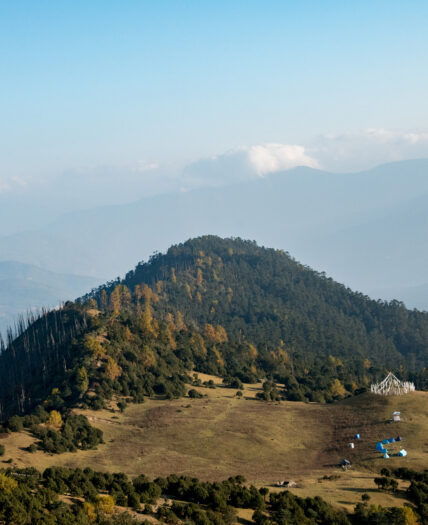
-
Day 12
Trek to the Tiger’s Nest
Flying Tigresses
Today’s 10-mile (16 km) hike descends through a haven of the forest and passes several temples. From the gardens of Zangtopelri, we will see the signature roofs of Taktshang monastery far below. Guru Rinpoche is said to have flown to this site riding on a tigress and meditated here for three months.
This is one of Bhutan’s most holy sites and pilgrimages. We continue our descent through the primeval forest, to the famous and spectacular Tiger’s Nest monastery itself. Constructed in 1692, the cave where Guru first meditated is said to be the introduction of Buddhism to Bhutan.
We stop for lunch at a cafe before reaching our end point (and shuttle vehicle) two hours later. We can also visit Kyichu Lhakhang, a temple believed to have been built in 659 by the Tibetan King Songtsen Gampo. Pilgrims walk around this temple, spinning its numerous prayer wheels.
If we did not experience the Jakar Festival during our trip, a cultural show will be arranged for us at the hotel.
Included Meals
Breakfast, lunch and dinner
Accommodations
Zhiwaling Resort, Paro
The Hike
- 10 miles (16 km) or 7 hours, with an elevation loss of 4,593 feet (1,400 m)
- Highest altitude: 12,467 feet (3,800 m)
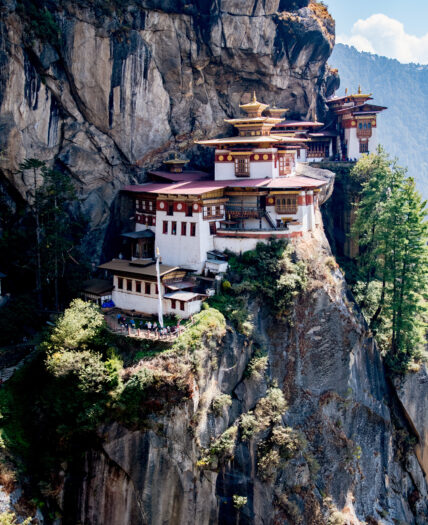
-
Day 13
Tashi Delek
Happy Hearts
Early in the morning, our guide will accompany us to the airport. With renewed spirit and pounding hearts, we embrace and wish each other “Tashi Delek” (goodbye and good luck!) until next time.
Where will your group reunite and hike next?
Included Meals
Breakfast
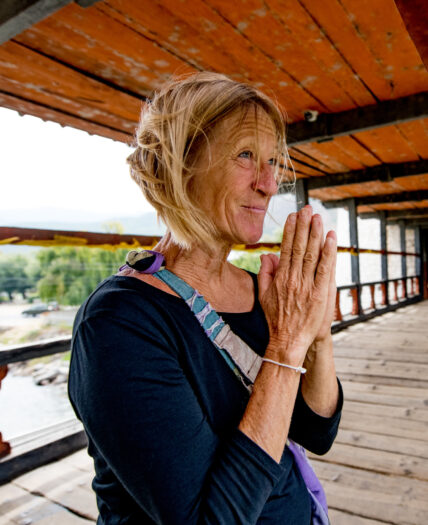
Take a Deeper Dive
Want all the details in one handy package? Download the full itinerary here.
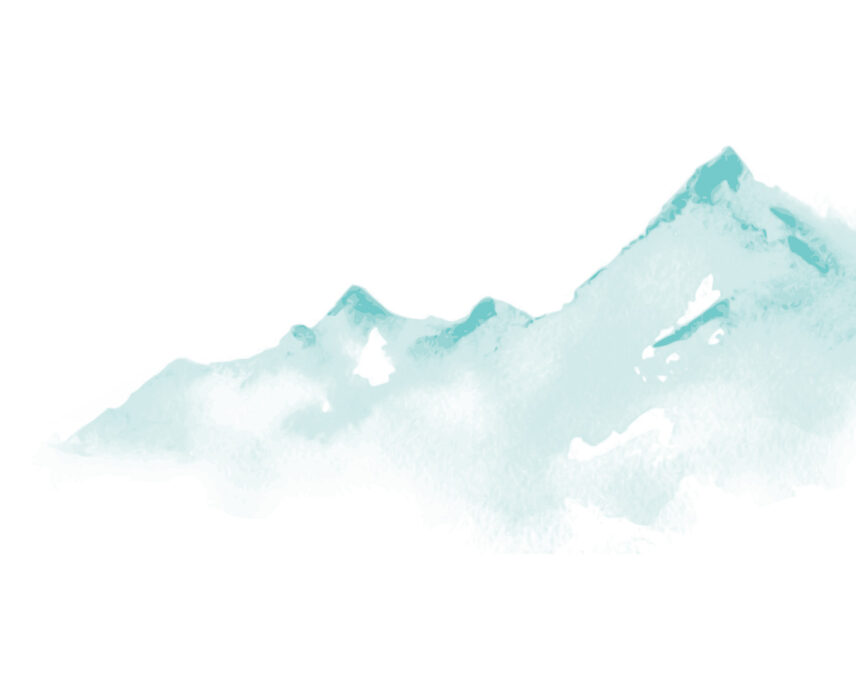
What’s Included
- All ground transportation as outlined in the itinerary including airport transfers
- 12 nights’ accommodation in lodges, inns and a luxury 5-star resort, and one-night tent camping
- 13 breakfasts, 13 lunches and 12 dinners, including water and hot drinks
- An experienced English-speaking female Bhutanese guide
- Waterproof pants and shoes for the rafting experience
- Archery lesson
- Porters and all camping equipment for the Tiger’s Nest expedition
- All entry fees and permits
Please Note:
All applicable taxes are included in the trip price.
Optional single private upgrade, subject to availability.
Itineraries may be subject to change without notice due to weather and other environmental conditions. Please review our Booking Terms.

Trip Details
Know Before You Go
Click HERE for all of the logistical details you’ll need to know prior to departure—including the packing list, arrival and departure details and suggested tipping information.
This trip starts in Paro, Bhutan (airport code: PBH) and finishes in Paro, Bhutan (PBH).
Arrival and Departure Flights
Bangkok (BKK) is the easiest route as it has the most flight options (1–2 flights daily). From Bangkok, you will then need to board another flight into Paro, Bhutan. We recommend choosing Bhutan Airlines. Please see the ‘Know Before You Go’ link above for more details on recommended arrivals.
Hiking
This itinerary involves three full days of long hikes that involve steady uphill and extreme downhill sections. Preparing for elevation and altitude is essential. The group’s pace and skill level will ultimately determine the length and duration of the daily hikes and we encourage you to properly train for this demanding but rewarding adventure. Hiking poles are strongly recommended due to the terrain. Please familiarize yourself with how to properly use them in your pre-trip training.
The Wild Women Way
If you’re wondering how we roll, it’s together. The Wild Women Way is our modus operandi, our mantra and our rock solid foundation. You can learn more about our Wild Ways HERE.
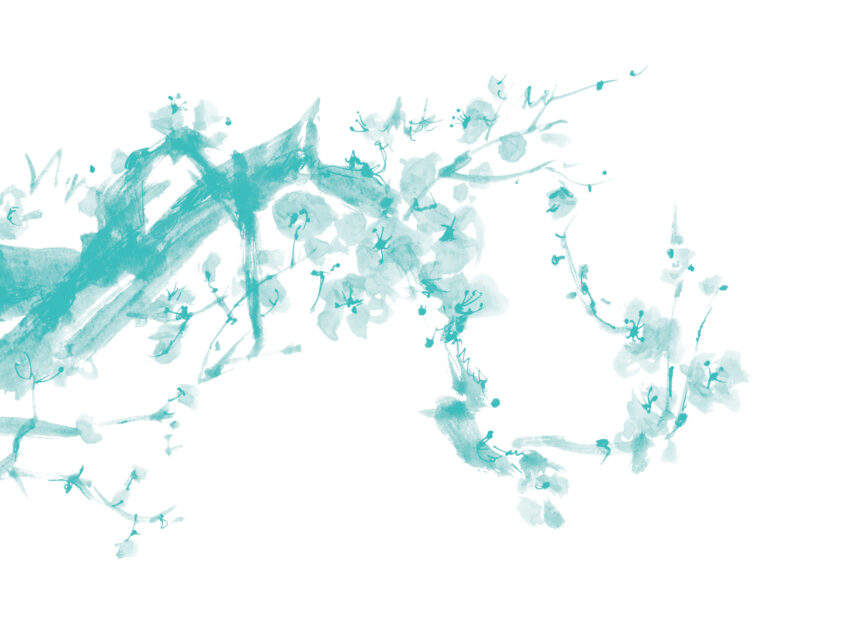
How We Support You
Ready for a big adventure? We’re in it together. On this trip, we hike for many hours for multiple days and reach impressive altitudes. Yes, it’s a challenge, but you’re never alone. Like thousands of women before you, you’ll draw on strength you didn’t know you had and come out feeling like the goddess you are.
Still have questions or concerns? Let’s talk about it.
What the Trip Entails
This is an active adventure. We would like you to be comfortable with the following:
- Hiking an average of 2–7 hours per day on challenging, technical routes. Three of the hikes are 10 miles (16 km) on average.
- Climbing uphill to 13,780 feet (4,200 meters) above sea level on select hiking days
- Hiking with an elevation loss of 4,593 feet (1,400 m)—this means a lot of downhill impact on your knees!
- Hiking with an elevation gain of 3,281 feet (1,000 m)—this means a lot of uphill chugging and quad work!
- Being in a vehicle for several hours (2–6 hours) on winding and steep mountain roads (with breaks)
- Camping with limited facilities
- White water rafting on possible Class II–IV rapids
- Experiencing a menu and flavours that may be unfamiliar to you
- Physical Rating: Moderate – Challenging (Be prepared for active physical activity. Trips average 5 to 8 hours of physical activity most days, and depending on the shape you are in, they typically require activity specific training ahead of the trip.)
